Indoor air quality has a leading role in our health and comfort, particularly regarding controlling humidity levels. Several homeowners use either a dehumidifier or a humidifier to sustain optimal indoor conditions. But a question that attracts attention is, “If I put a humidifier and a dehumidifier in the same closed room, which would win?” This interesting scenario set two necessary air quality devices against each other.
Humidifier introduces dampness to fight dry air, while dehumidifiers extract excessive humidity to generate a balanced atmosphere. In today’s post, we’ll dive into the functions of a humidifier and dehumidifier, the significance of humidity balance, and what happens when these tools work together in the same room. Also, we’ll take a look at the best options for whole-home humidifiers and dehumidifiers and offer insights into selecting the correct solution for your needs. Let’s explore!
What Do Humidifiers and Dehumidifiers Actually Do?
How Humidifiers Work?
Humidifiers are tools tailored to maximize the water content in the air, particularly in atmospheres with highly dry air. Typically, they function by releasing water vapor or mist to increase indoor humidity levels. This enhances coziness and avoids problems such as dry skin, irritated sinuses, and respiratory issues. There are many kinds of humidifiers. For instance, Cool Mist Humidifiers. These dehumidifiers utilize ultrasonic vibrations to spread a fine mist into the air.
Warm mist dehumidifiers are another type. These tools boil water to emit steam, providing soothing warmth during colder months. Besides, whole-home humidifiers are incorporated into HVAC systems to give continuous humidity levels around the house. Using a humidifier is ideal during winter when heating systems dry out indoor air or in naturally arid climates.
How do Dehumidifiers Work?
Dehumidifiers, on the contrary, eliminate extra dampness from the air to upkeep healthy humidity levels, typically between 30-50%. The equipment pulls in damp air, removes the moisture, and releases dry air back into the room. The main types of dehumidifiers are, Portable Dehumidifers. They are ideal for single rooms or confined spaces. Basement and Crawlspace dehumidifiers are specially made for humid, small areas. Also, another type is commercial and industrial dehumidifiers, best for big areas or severe moisture problems.
Why Balance Matters? Both dehumidifiers and humidifiers play a key part in preserving indoor comfort. Extra humidity can cause mold and mildew, while unduly dry air leads to disturbance and health problems. Discovering the correct balance is key to developing a secure, healthy living space.

If I Put a Humidifier and a Dehumidifier in the Same Closed Room, Which Would Win?
The concept of putting a humidifier and dehumidifier combo in the same closed room may appear like a deadlock. Ultimately, one adds moisture while the other extracts it. However, let’s see what actually happens in this scenario and decide which tool may come out on top.
What Happens When a Humidifier and Dehumidifier Run Together?
When a humidifier and dehumidifier combo is operating in the same space, they basically work against each other. A humidifier discharges moisture into the air, whereas a dehumidifier constantly gets that dampness out. The outcome is a never-ending cycle of putting in and extracting humidity, which can boost energy use without any meaningful advantage. However, the result relies on numerous factors like device efficiency, capacity, size, and room states.
The exchange between a humidifier and a dehumidifier is affected by these important factors:
Humidity Levels: The established humidity level of the room plays an important role. In case the air is already dry, the humidifier will have a convenient time maintaining its results. On the other hand, in a high-humidity setting, the dehumidifier will take control.
Device Placement: Where every tool is placed in the room can also impact the result. A dehumidifier installed near the humidifier will immediately extract the moisture before it scatters throughout the room.
Room size: In a confined room, the competition between the two tools will be more evident. In bigger areas, the humidifier may struggle to spread moisture equally, giving the dehumidifier an upper hand.
Technology and Capacity: A powerful dehumidifier with innovative features such as smart sensors will more efficiently sustain lower humidity levels than a normal humidifier can prevent. For instance, a whole home humidifier and dehumidifier combo may attain a better balance. As they’re made to operate together instead of against each other.
So, Which One Wins?
Typically, the dehumidifier wins in a straight-up competition between a humidifier and a dehumidifier in the same closed room. Its capacity to pull out moisture quicker than the dehumidifier can add to guarantee it upkeep control over the humidity levels. But, this setup is rarely successful. Instead, select the correct tool depending on your needs. For instance, tackling highly dry air with humidity or fighting humid conditions with a dehumidifier _ offers the best outcomes.
Why Would You Need a Dehumidifier?
Dehumidifiers are fundamental for preserving pleasant and healthy indoor settings, specifically in areas open to excessive moisture. From handling humid states to preventing mold increase, these tools are very efficient in improving air quality and protecting property. Extra humidity can generate several issues, from funky smells to structural damage. High moisture levels can promote mold, mildew, and bacteria to grow, particularly in spaces such as crawlspaces and basements.
Running a dehumidifier can efficiently lower these risks by withdrawing excess moisture from the air and keeping ideal humidity levels. So a whole home humidifier and dehumidifier system is especially useful for big areas, as it balances humidity throughout a whole house. For confined or more specific spaces, like industrial environments or basements, commercial-grade dehumidifiers confirm precise moisture management.
Benefits of Using Dehumidifiers: Typically, pulling out extra dampness lowers toxins such as dust mites, and mold germs, generating a healthier breathing atmosphere. Dehumidifiers help avoid harm to walls, floors, and furniture caused by moisture or precipitation. Also, decreased humidity levels lower the sweaty, sticky feeling mostly experienced in damp settings. Investing in a humidifier and dehumidifier combo can further enhance indoor air quality by adapting to seasonal changes.

Situations Where a Humidifier Is Necessary
Although dehumidifiers address too much moisture, humidifiers are key for fighting dryness. Dry air can cause damaged skin, disturbed respiratory systems, and even damage to wooden furniture or flooring. During colder months or in naturally dry climates, indoor air mostly turns awkwardly bone-dry because of heating systems. In such scenarios, a humidifier puts in moisture the air, boosting comfort and avoiding health problems such as dry throat and itchy skin.
Although humidifiers are necessary in dry situations, they must be utilized carefully to prevent over-humidifying. This may cause mold expansion or other moisture-related problems. So, for a realistic approach, using a humidifier and dehumidifier in one tool can adjust to changing seasonal requirements, making sure your indoor atmosphere stays perfect year-round.
Tips for Balancing Indoor Humidity
Supporting a steady indoor humidity level ensures comfort, well-being, and property protection. Below are a few important tips for reaching the best humidity balance:
Using a Hygrometer: A Hygrometer is a practical tool to keep track of your room’s humidity levels. The best indoor humidity should vary between 30-50%, based on the season and atmosphere. For example, during winter keeping humidity at 30-40% prevents precipitation on windows, whereas in summer, holding on to 50% helps avoid mold formation.
Seasonal Adjustments: Humidity needs changes with the seasons. Installing a humidifier and dehumidifier combo can confirm shifting requirements. In winter, a humidifier might be required to fight dry air, while in summer may ask for a dehumidifier to address increased moisture levels.
Targeted Solutions: Rather than depending on a single tool for your whole house, think of utilizing specialized units such as crawlspace dehumidifiers or whole-home humidifiers and dehumidifier systems. These devices target specific areas, ensuring optimal air quality without overburdening the system.
Read on to learn will a dehumidifier cool a room.
Conclusion
So, if I put a humidifier and a dehumidifier in the same closed room, which would win? The answer depends on the specific conditions and requirements of the space. Dehumidifiers excel at reducing excess moisture, making them ideal for combating humidity-related issues. Humidifiers, on the other hand, are best suited for dry environments, adding essential moisture to improve comfort and health. For those aiming to maintain balanced indoor humidity, using a combination of both devices—or opting for a humidifier and dehumidifier in one—can provide the flexibility needed for changing seasons and room conditions.
Create a Healthier Home Atmosphere Today!
At AlorAir, we offer a comprehensive range of basement dehumidifiers, crawlspace dehumidifiers, and industrial dehumidifiers designed to meet every need. Say goodbye to humidity issues and hello to fresh, balanced air. Explore our solutions today and take the first step toward achieving perfect indoor air quality. Your comfort starts with the right tools—shop now!






-(1).png)
.jpg)
.jpg)
.jpg)
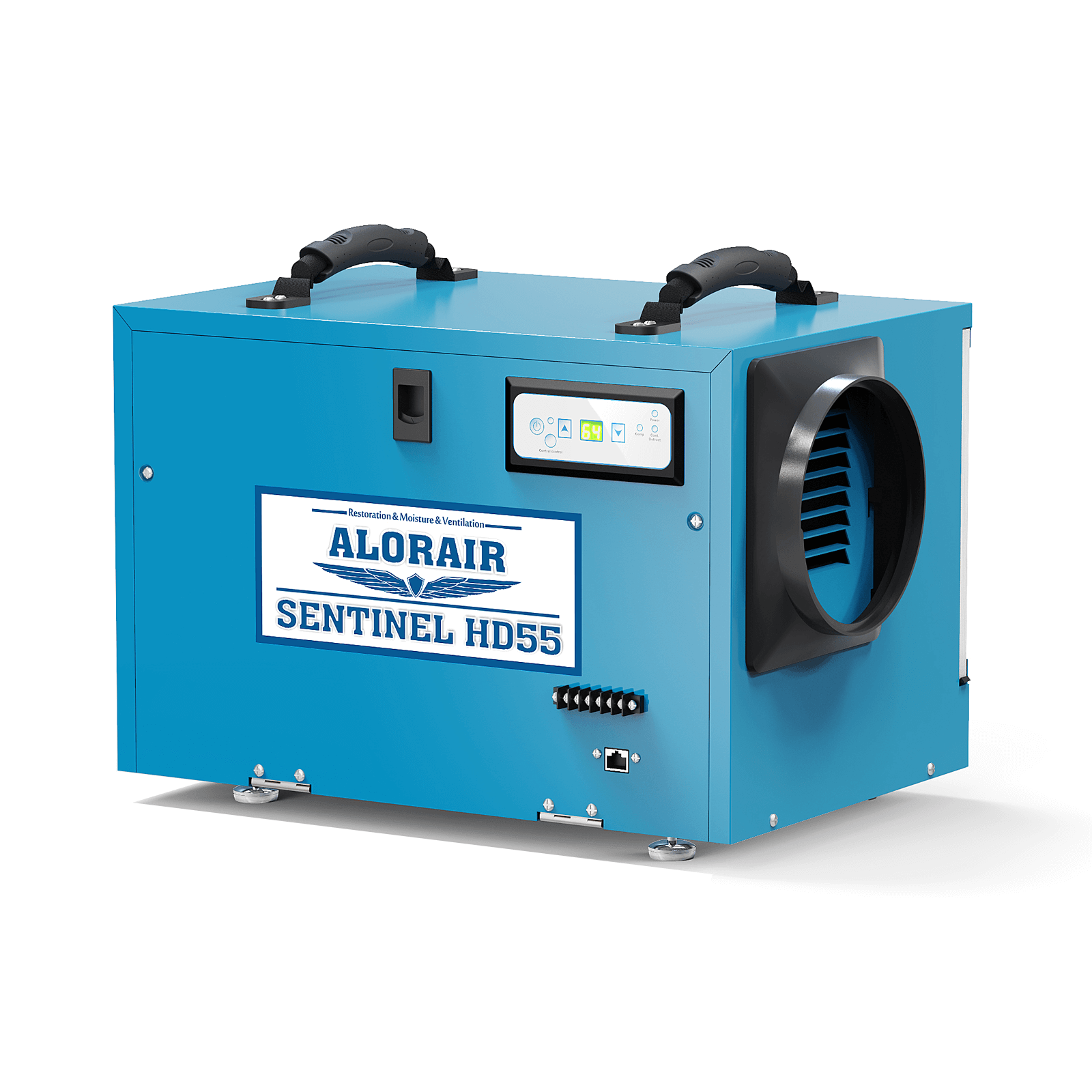
.jpg)
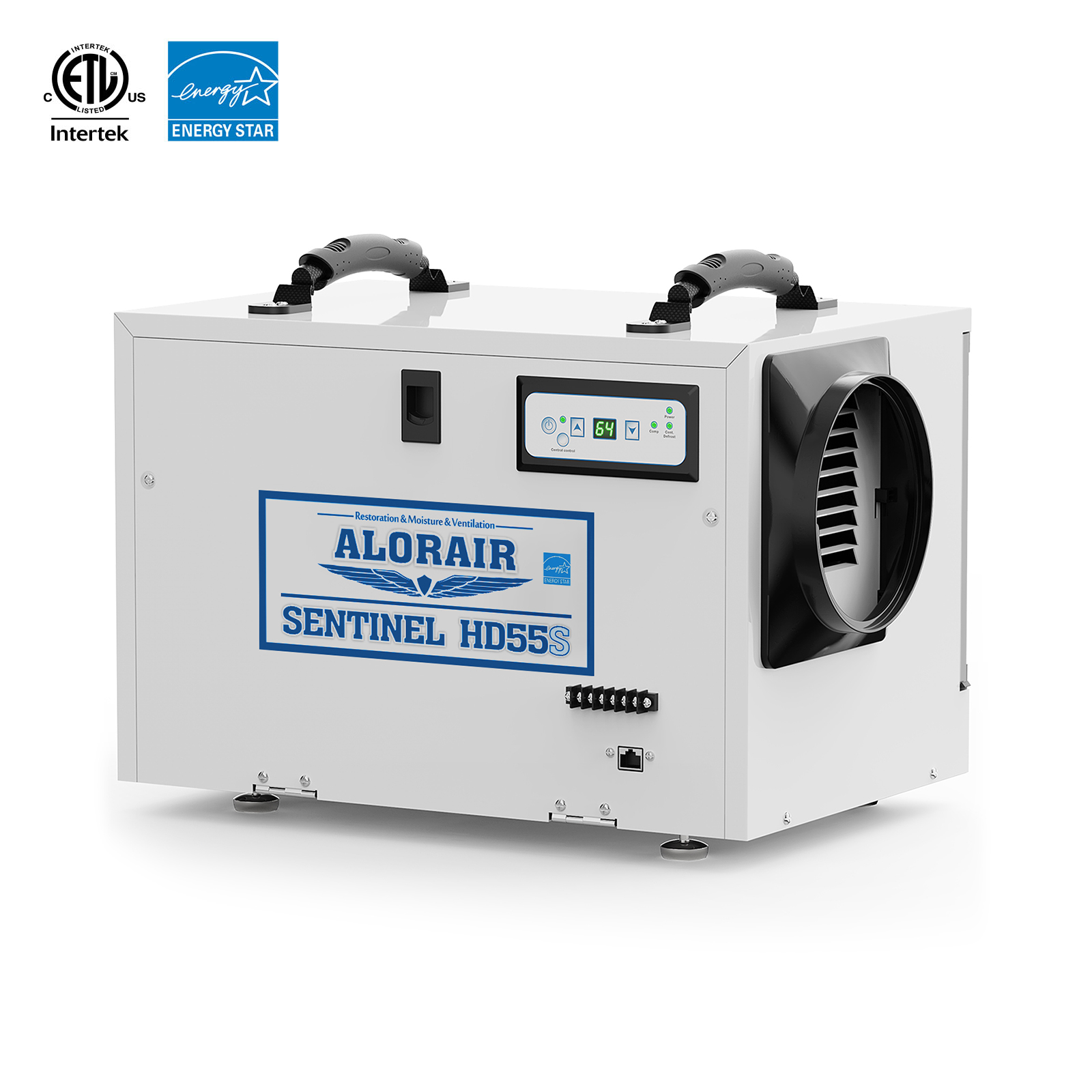
.HDi90.png)
.HD90.png)

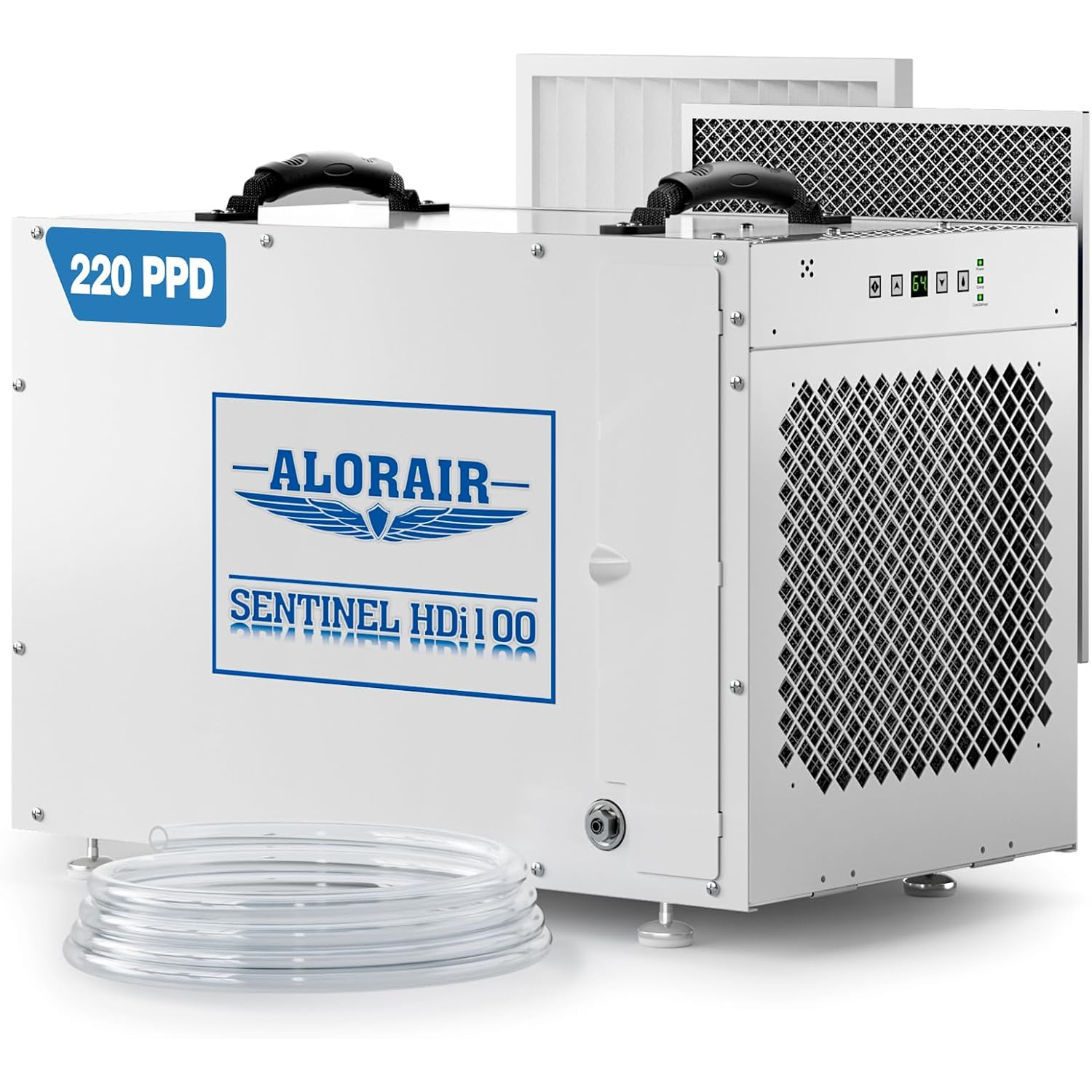
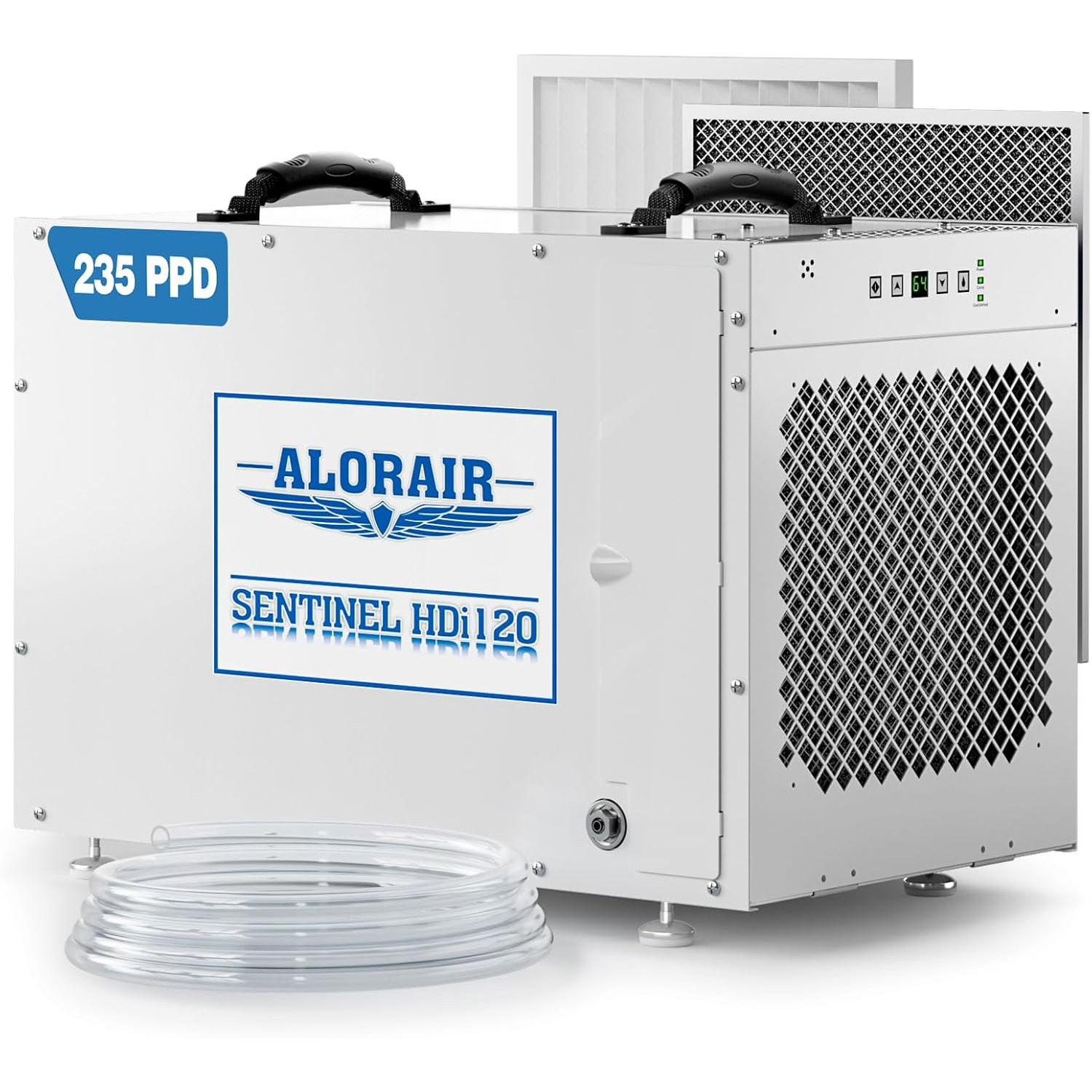
.jpg)
.jpg)
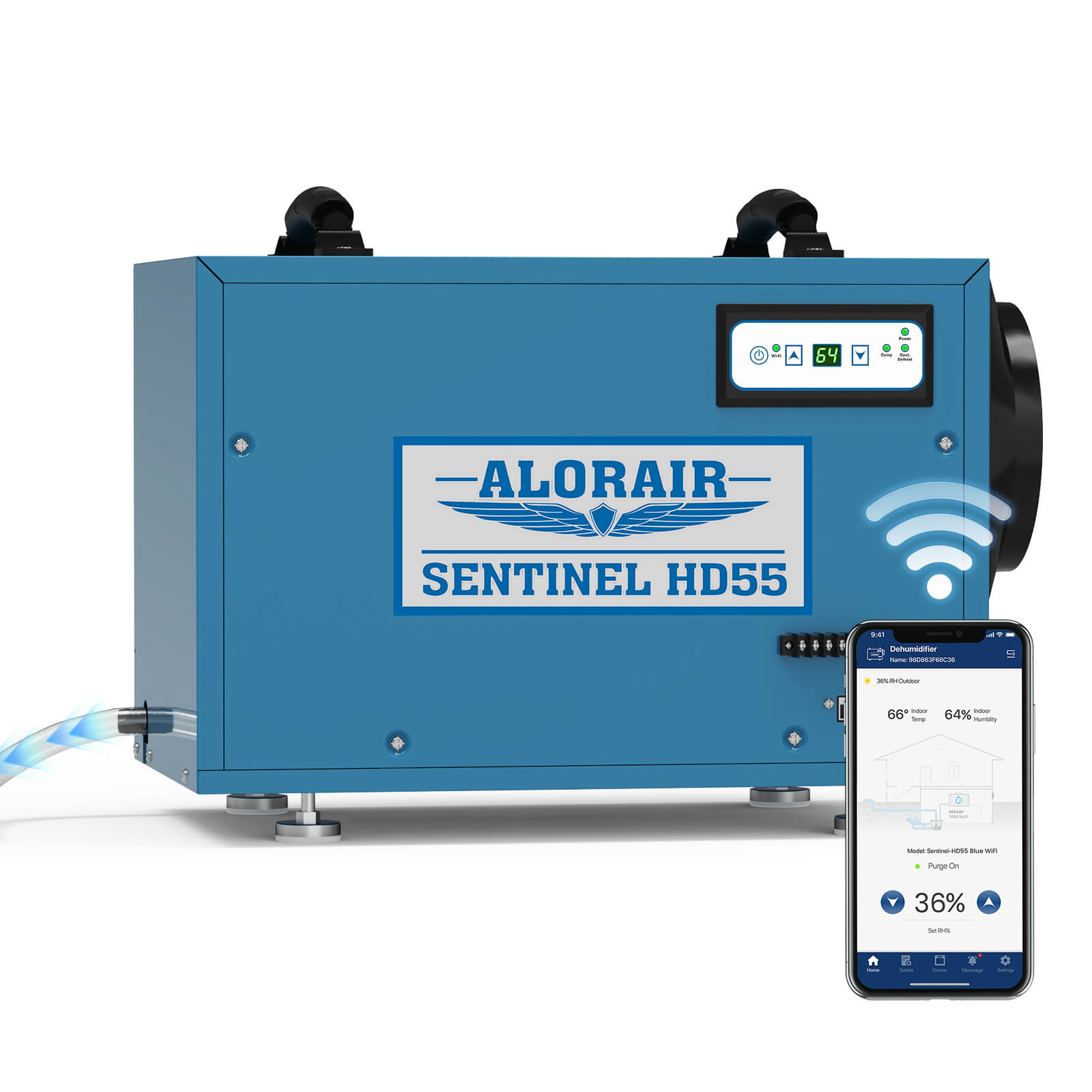
.jpg)

.jpg)





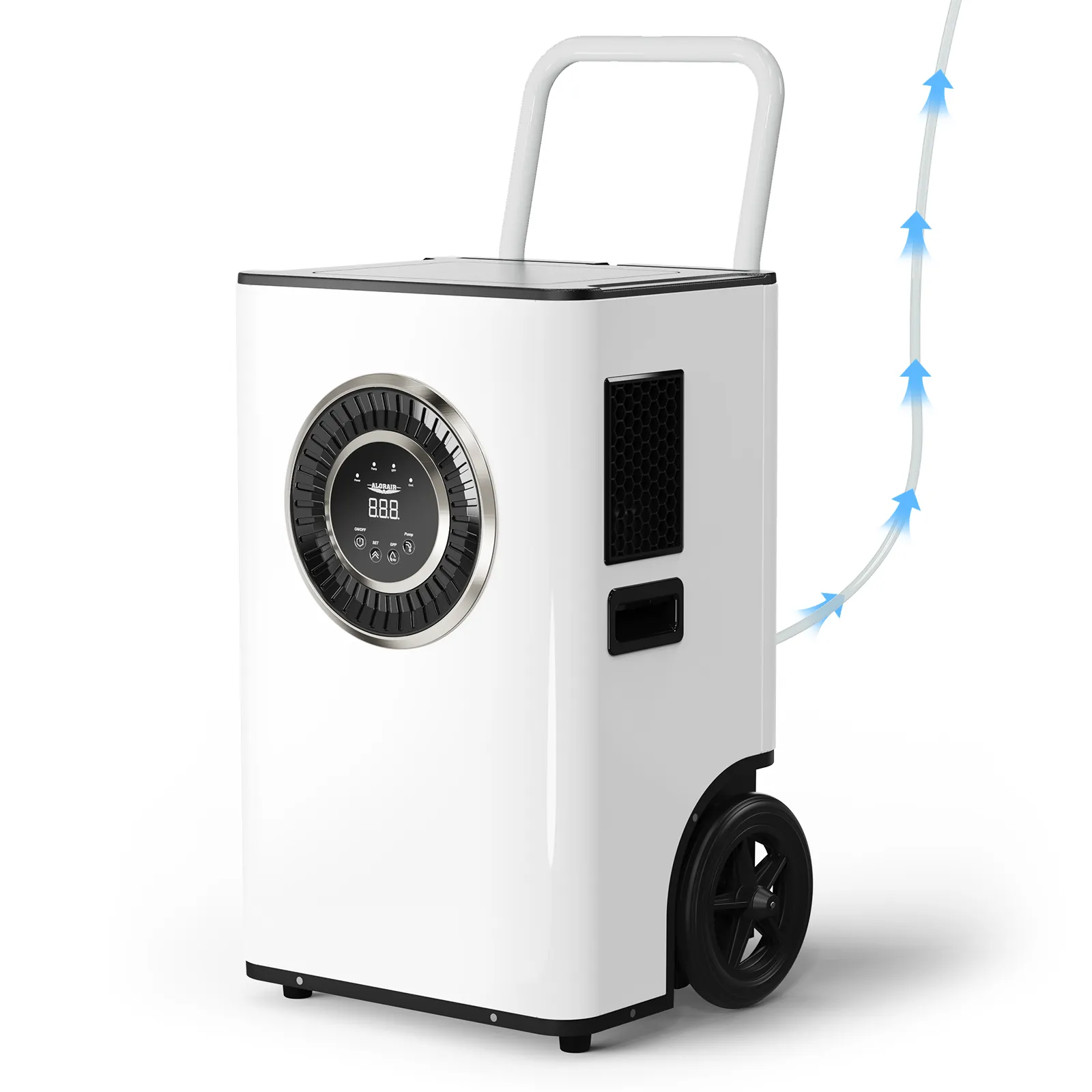
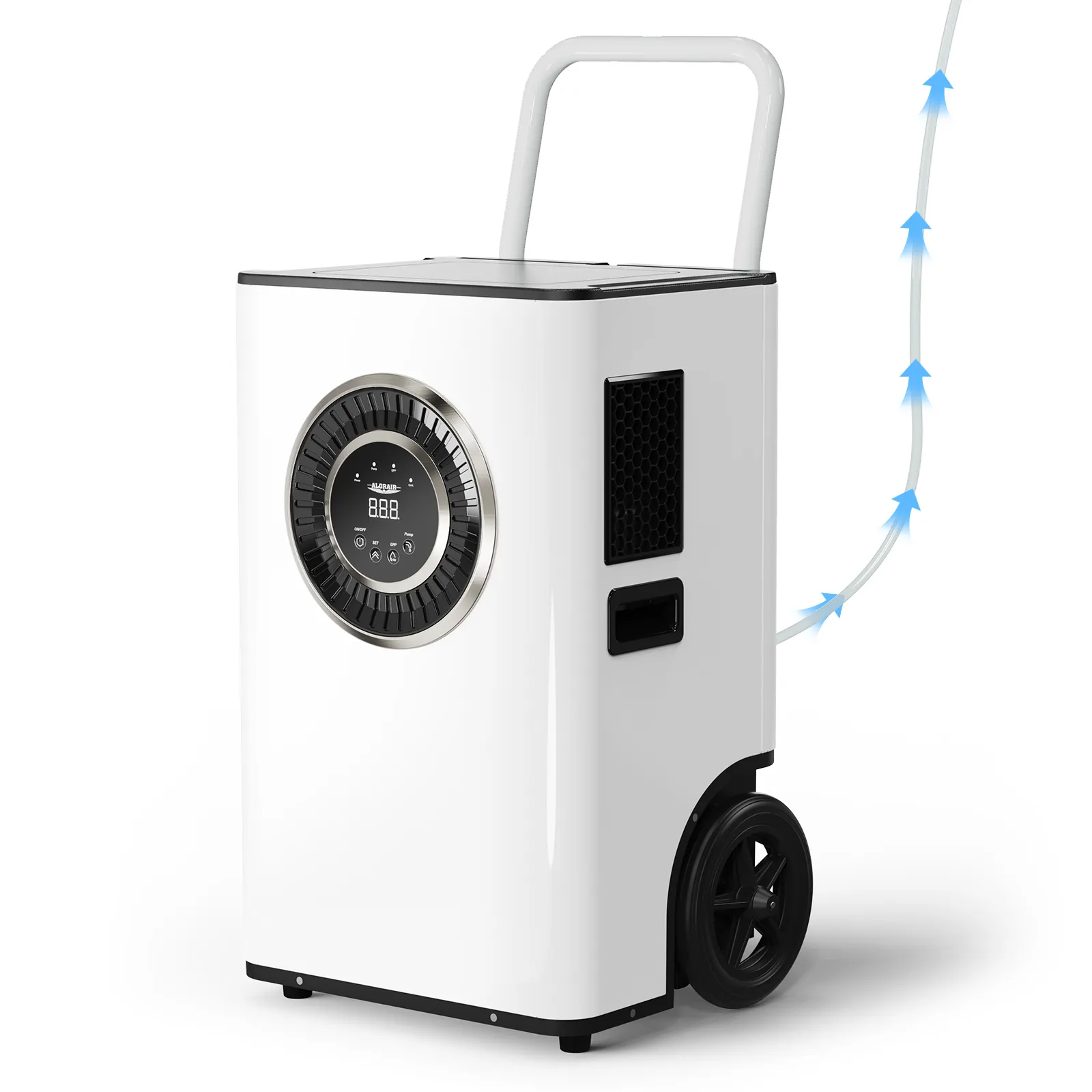

.jpg)
.jpg)
.jpg)
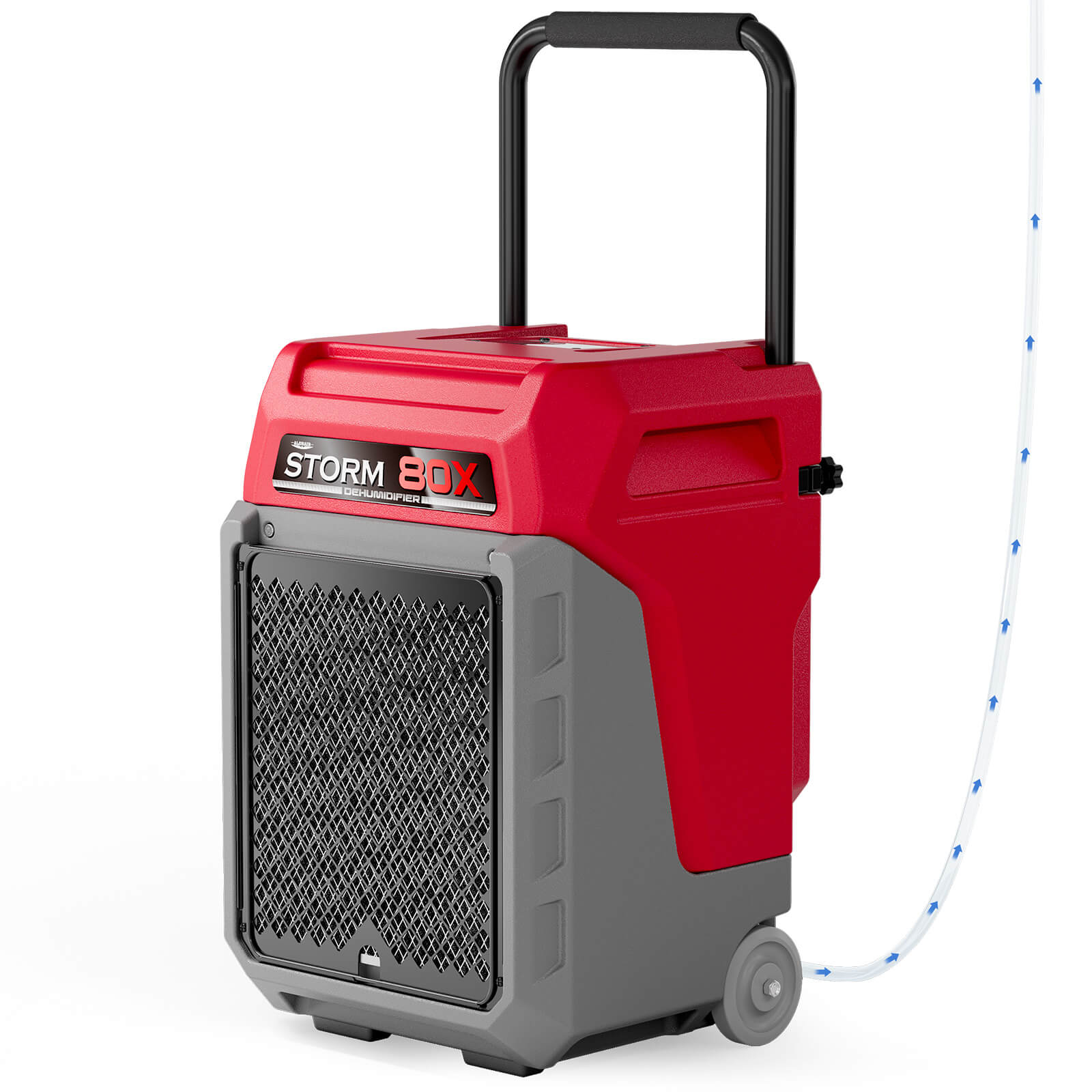

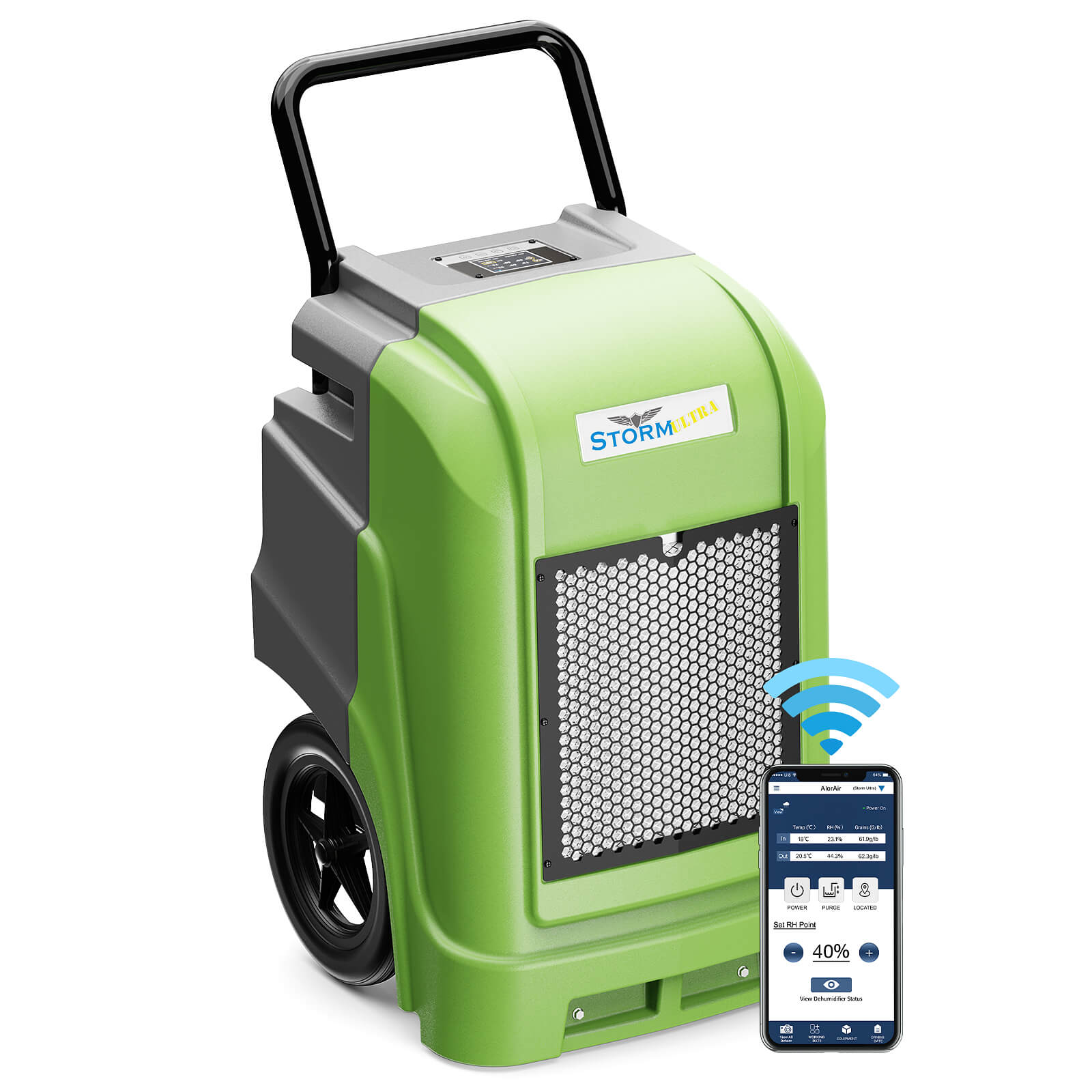
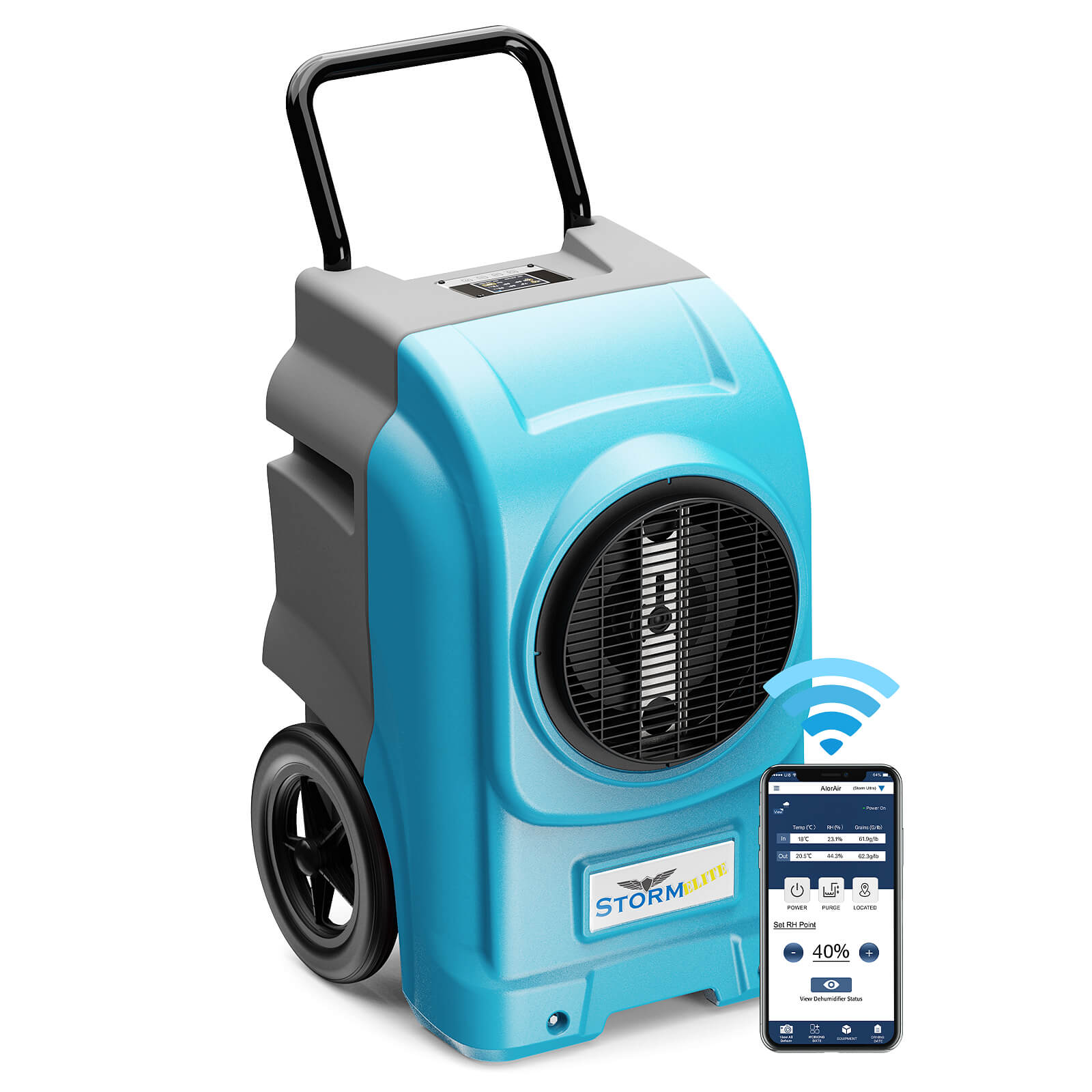
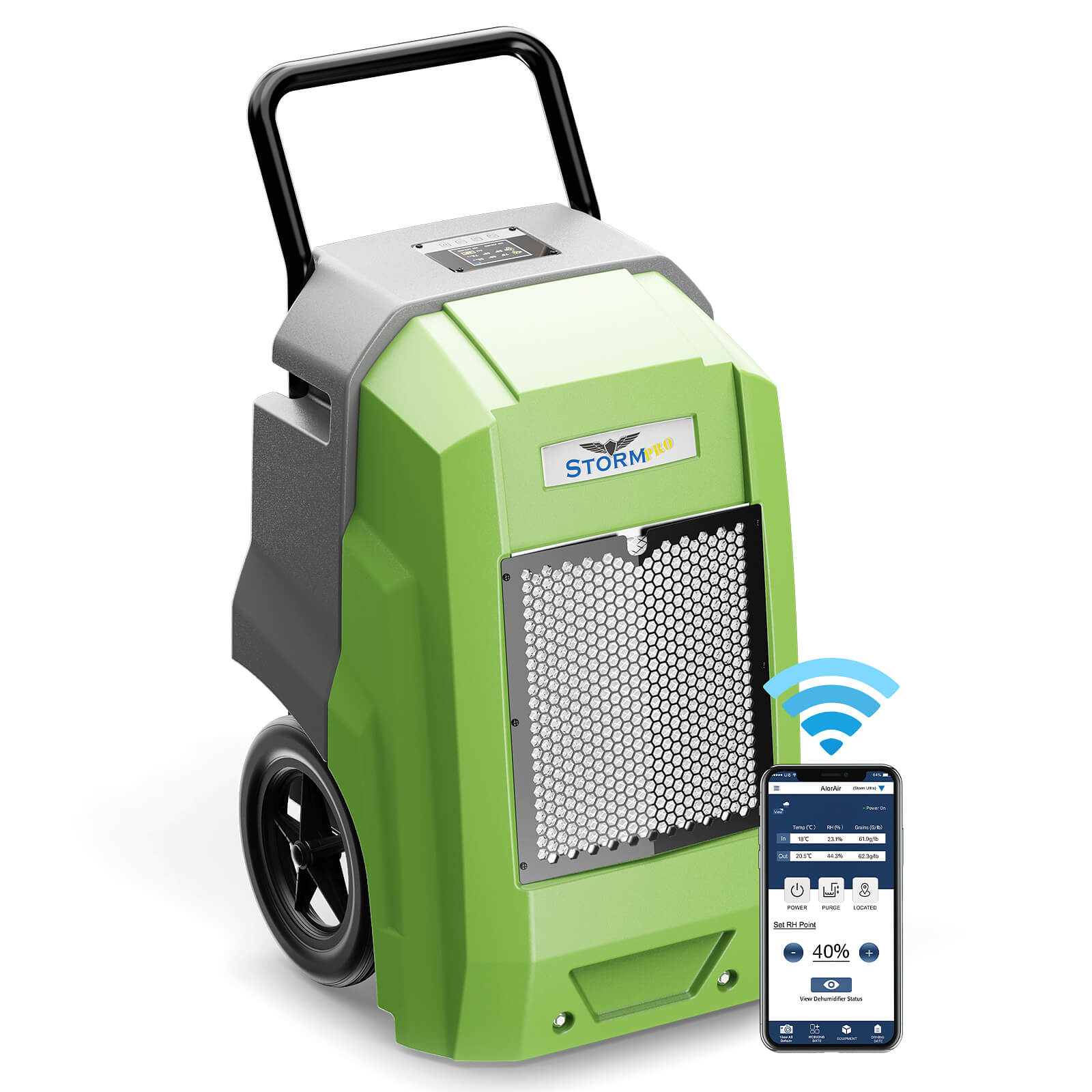
.jpg)
.jpg)
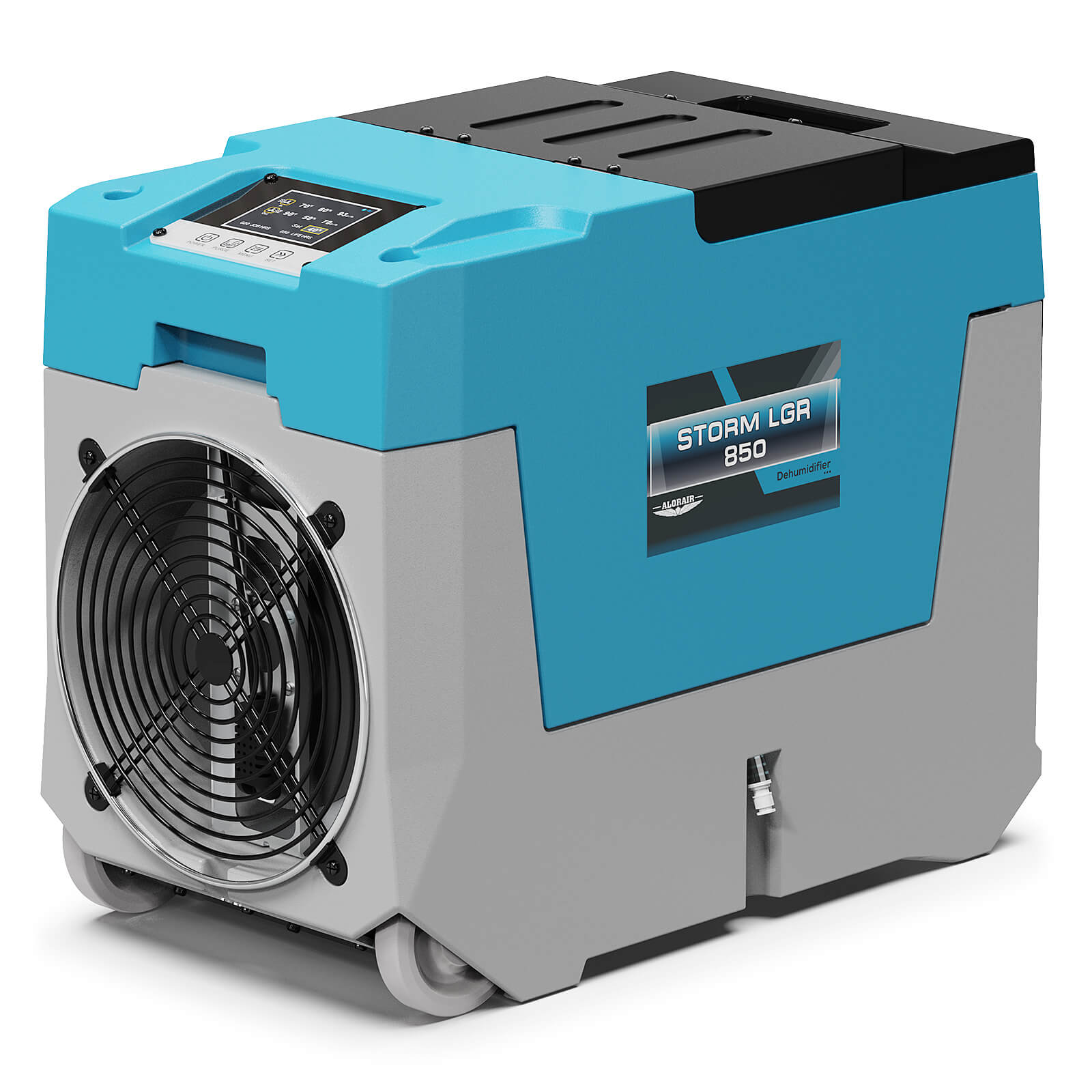
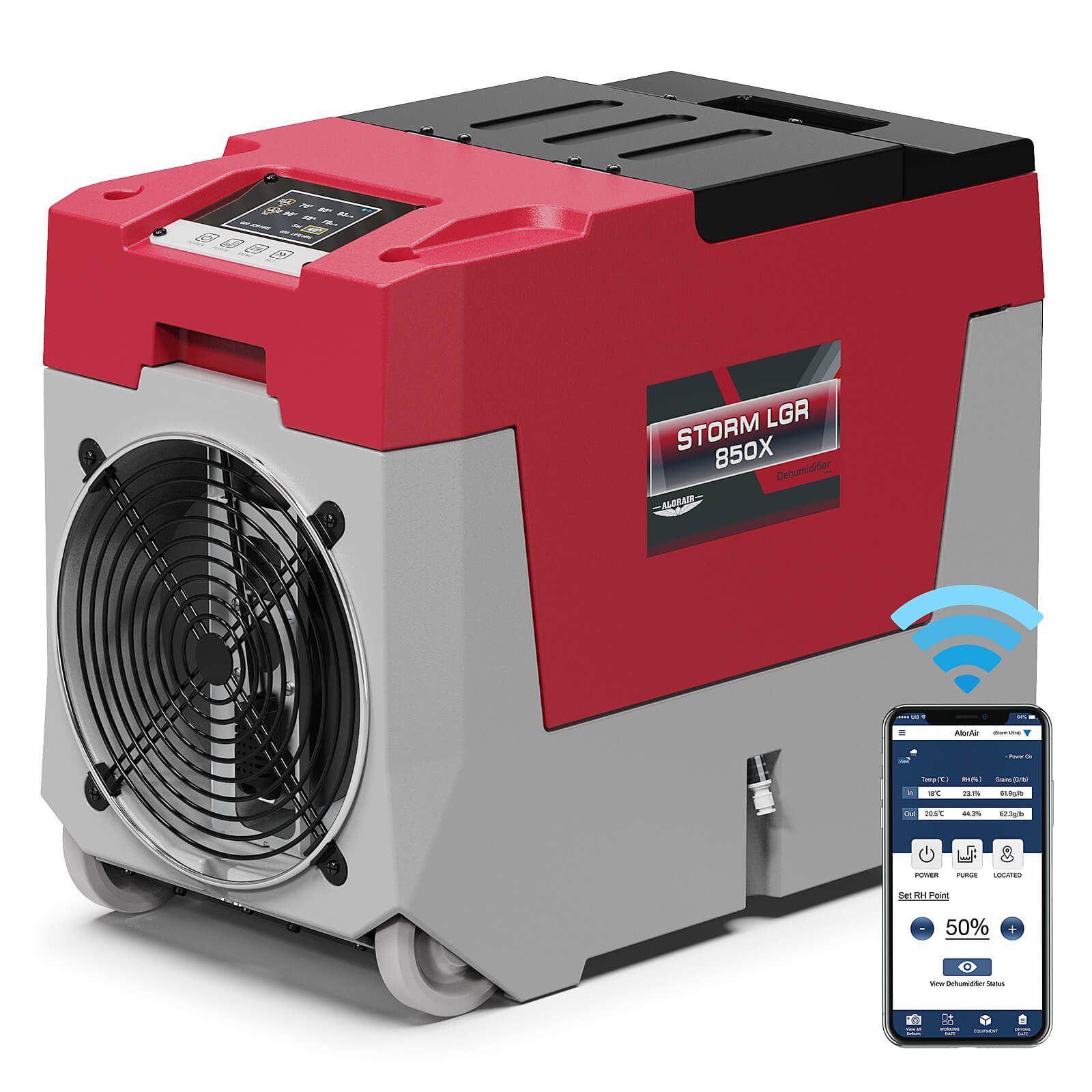


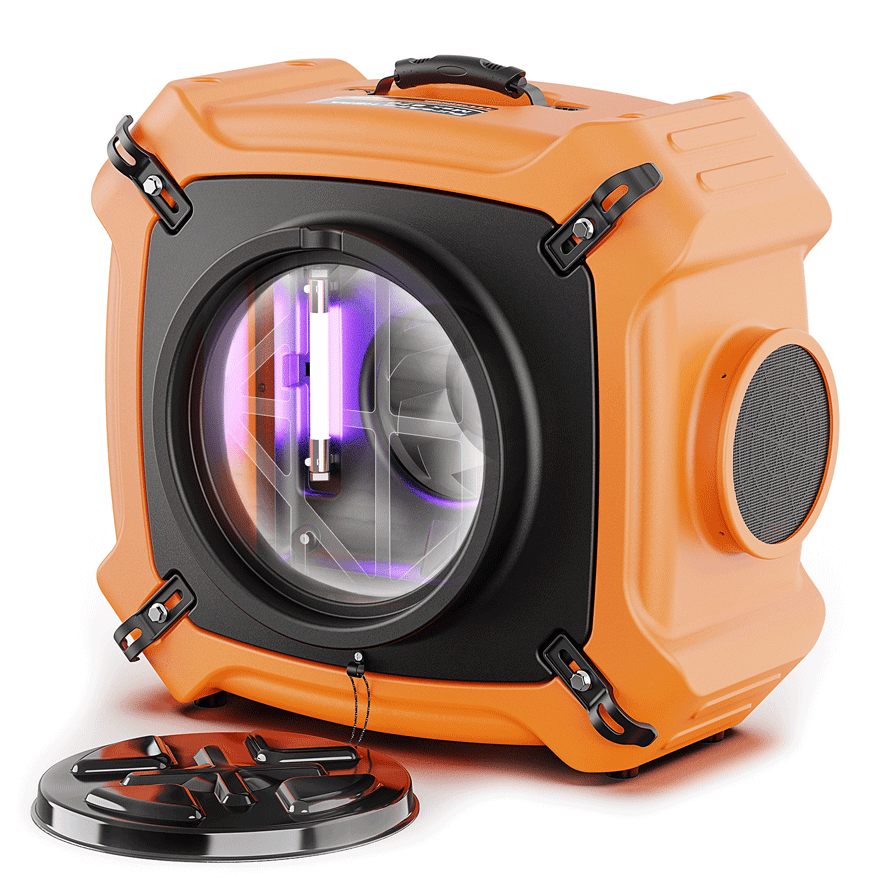
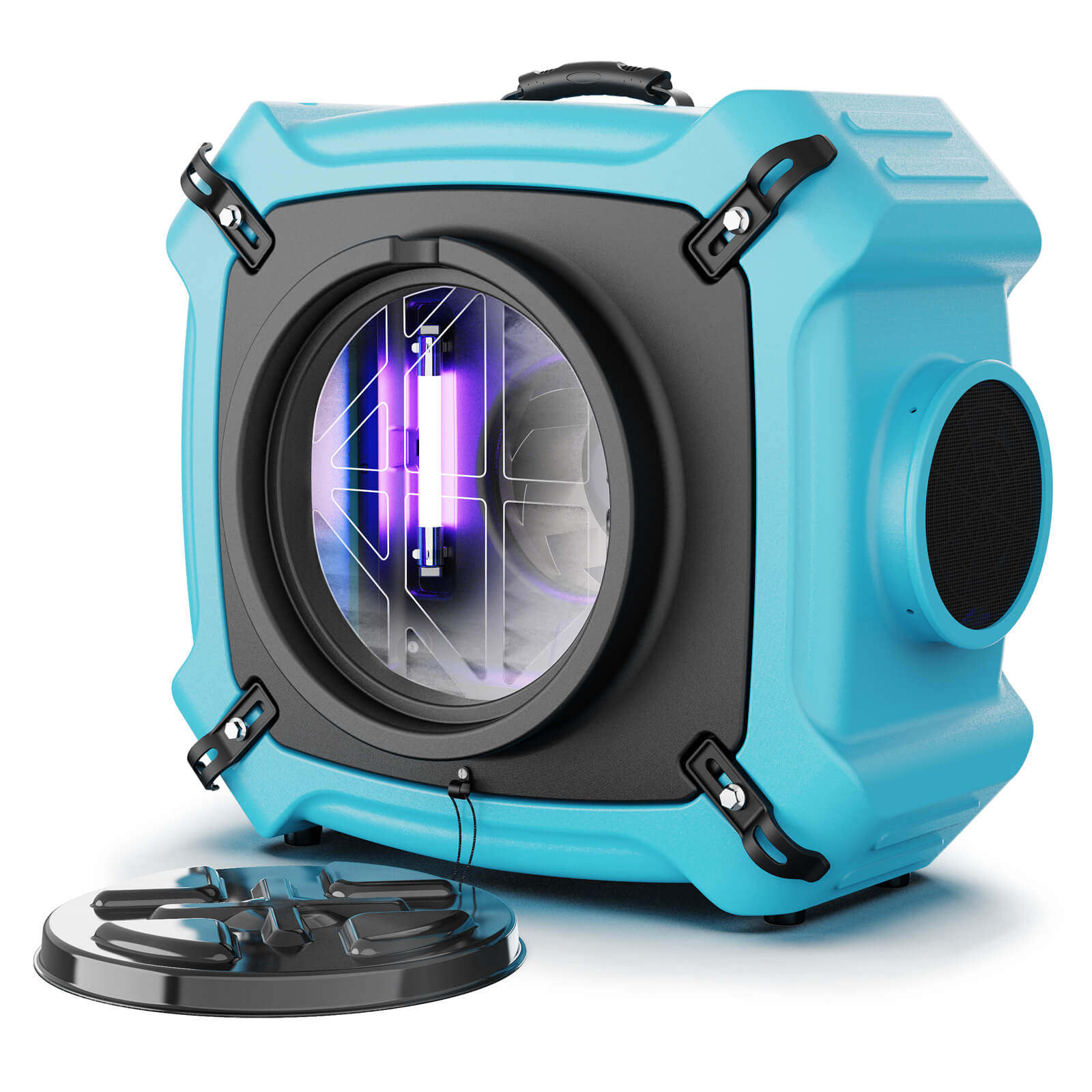
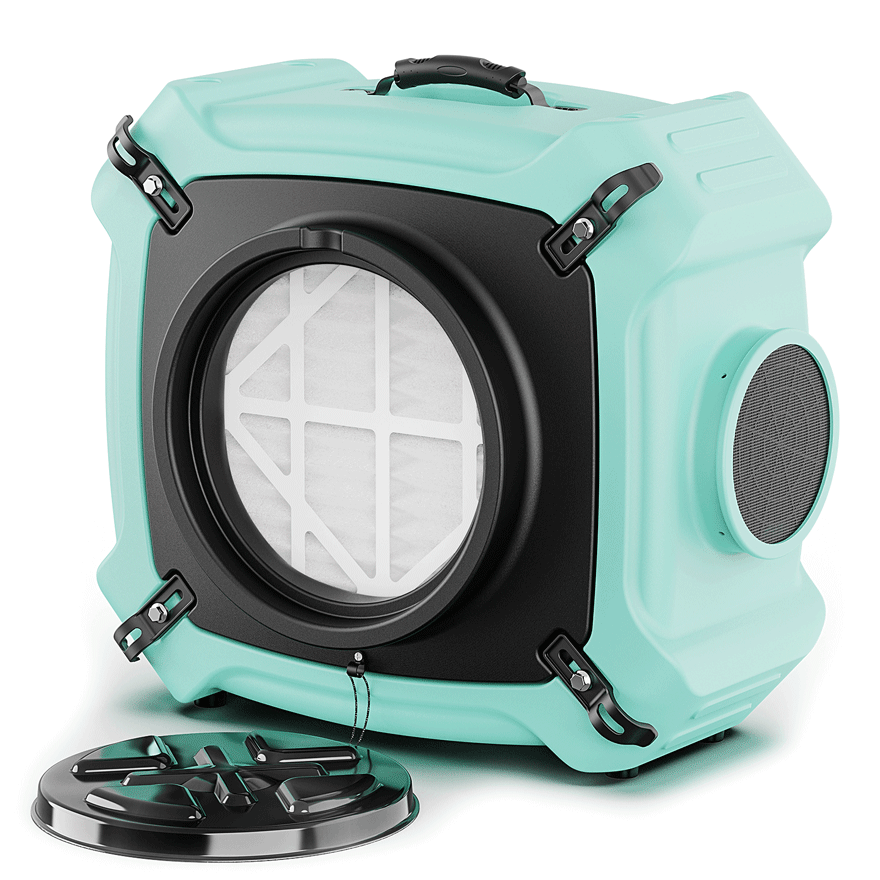


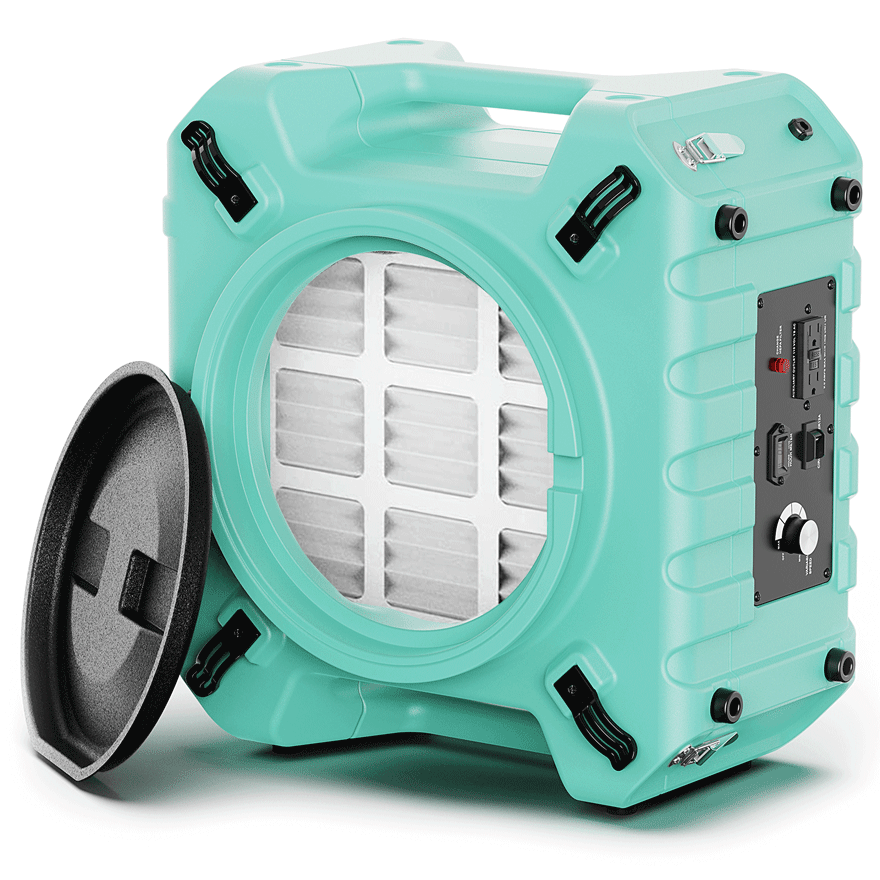

.jpg)
.jpg)
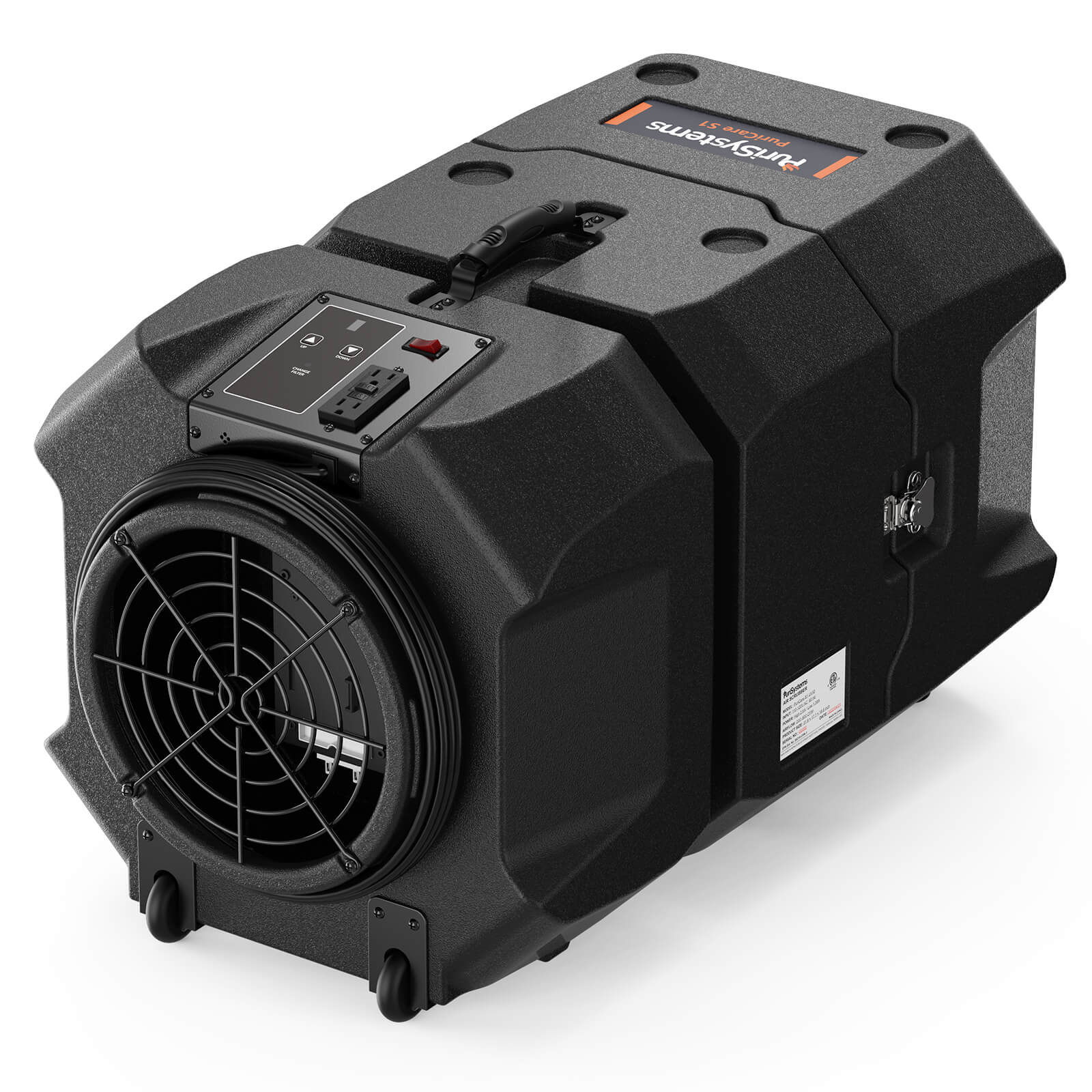




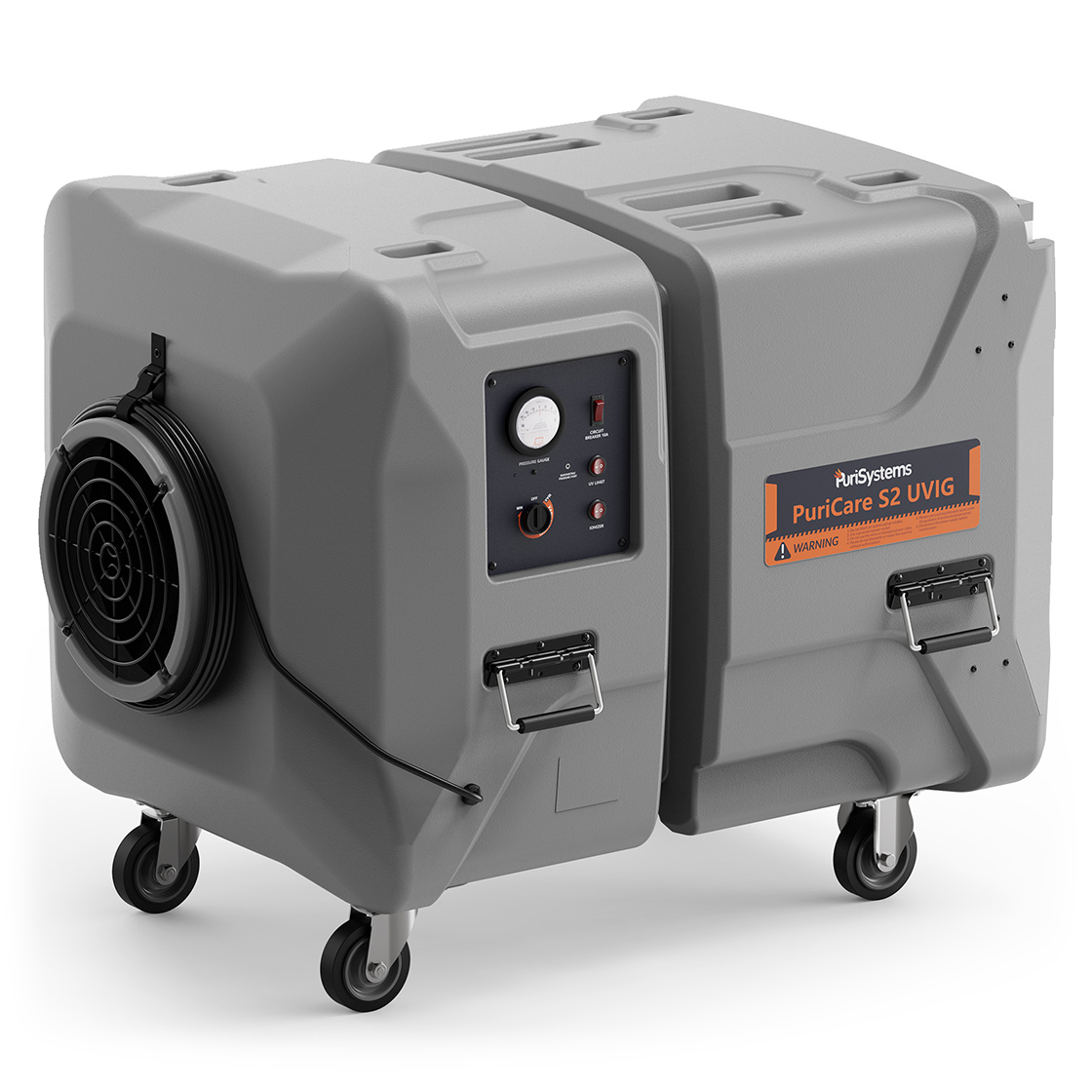

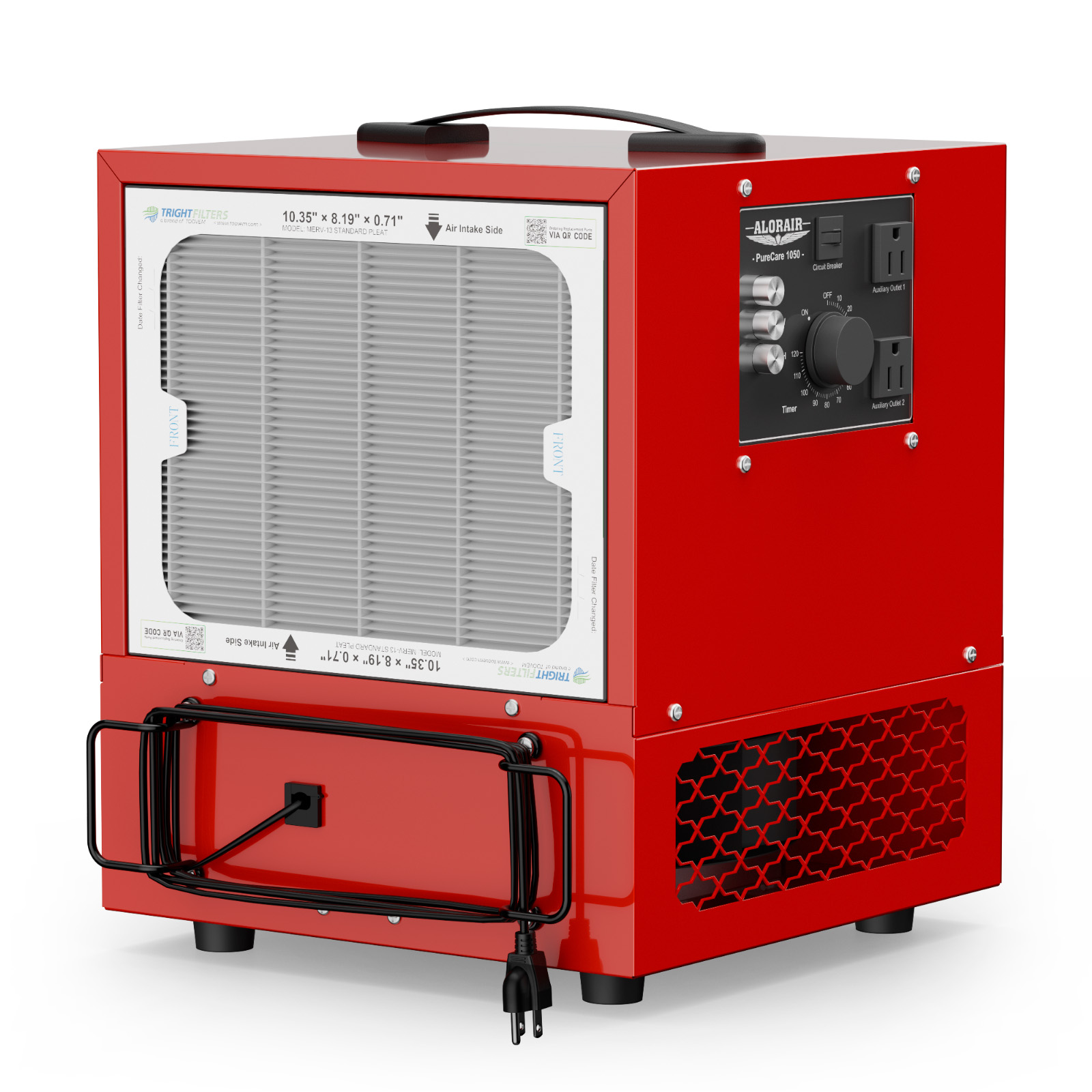
.jpg)
.jpg)
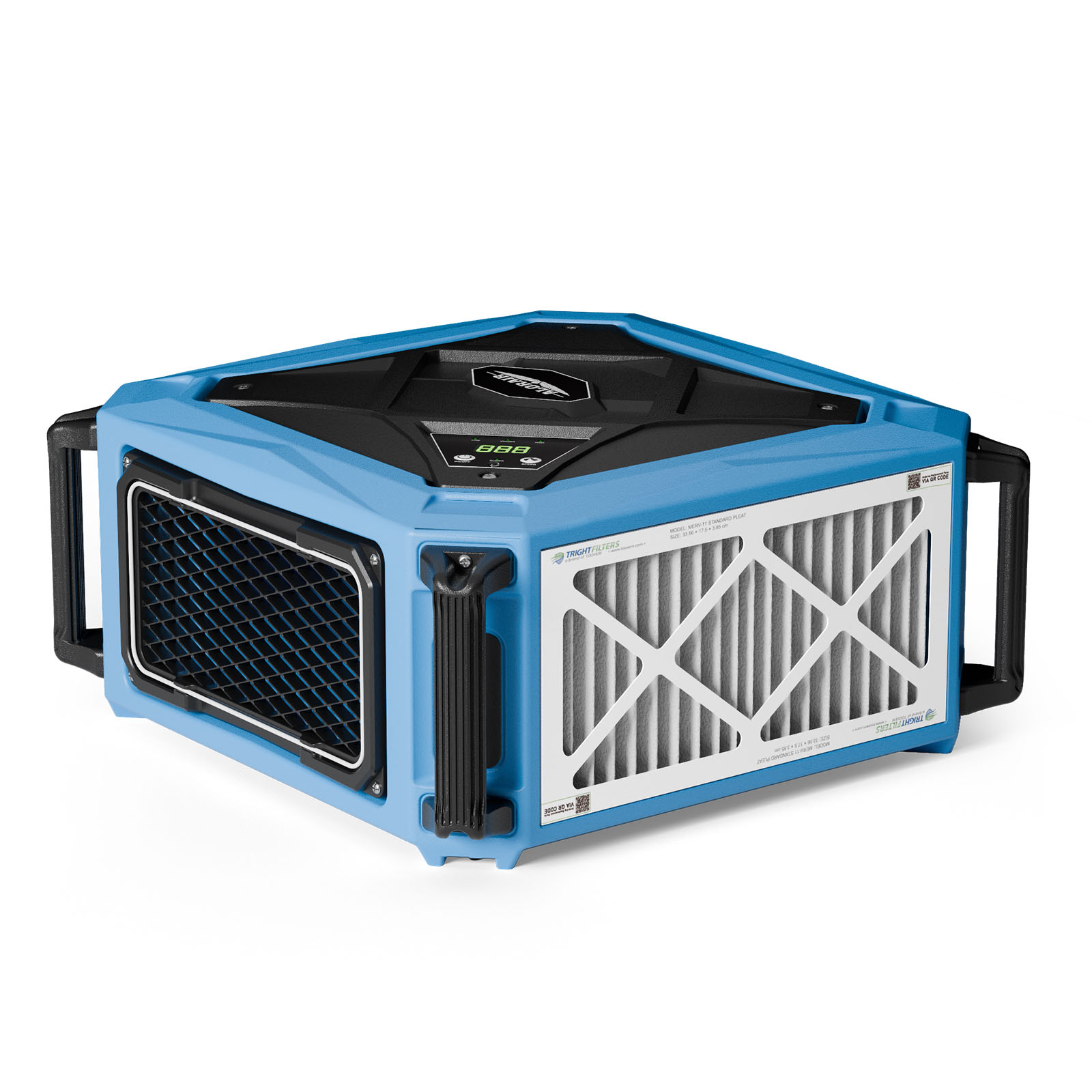

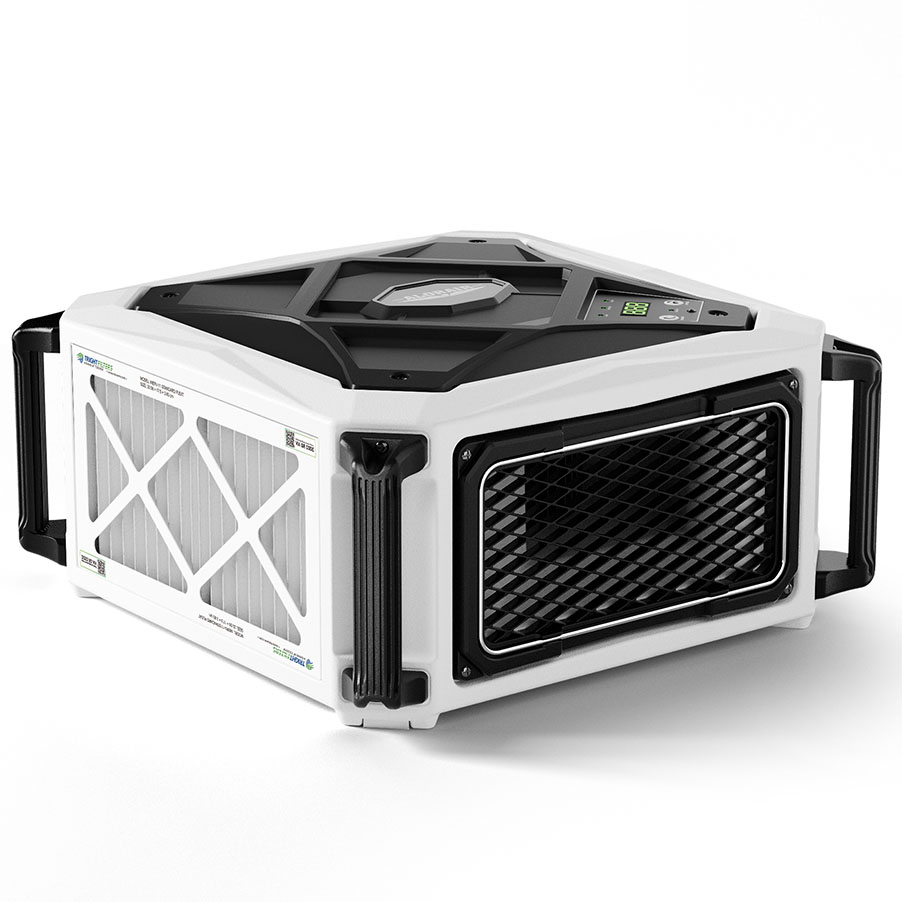
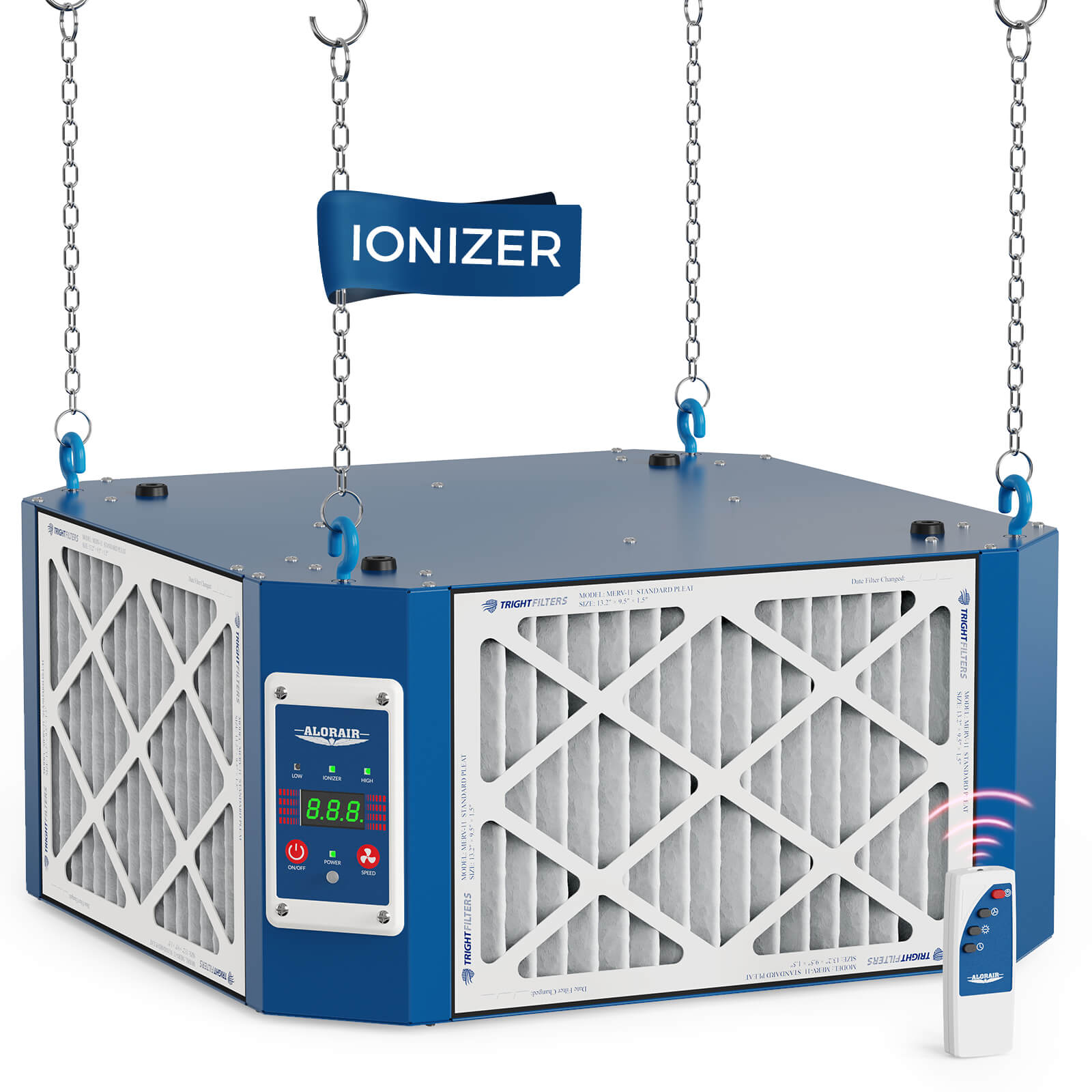
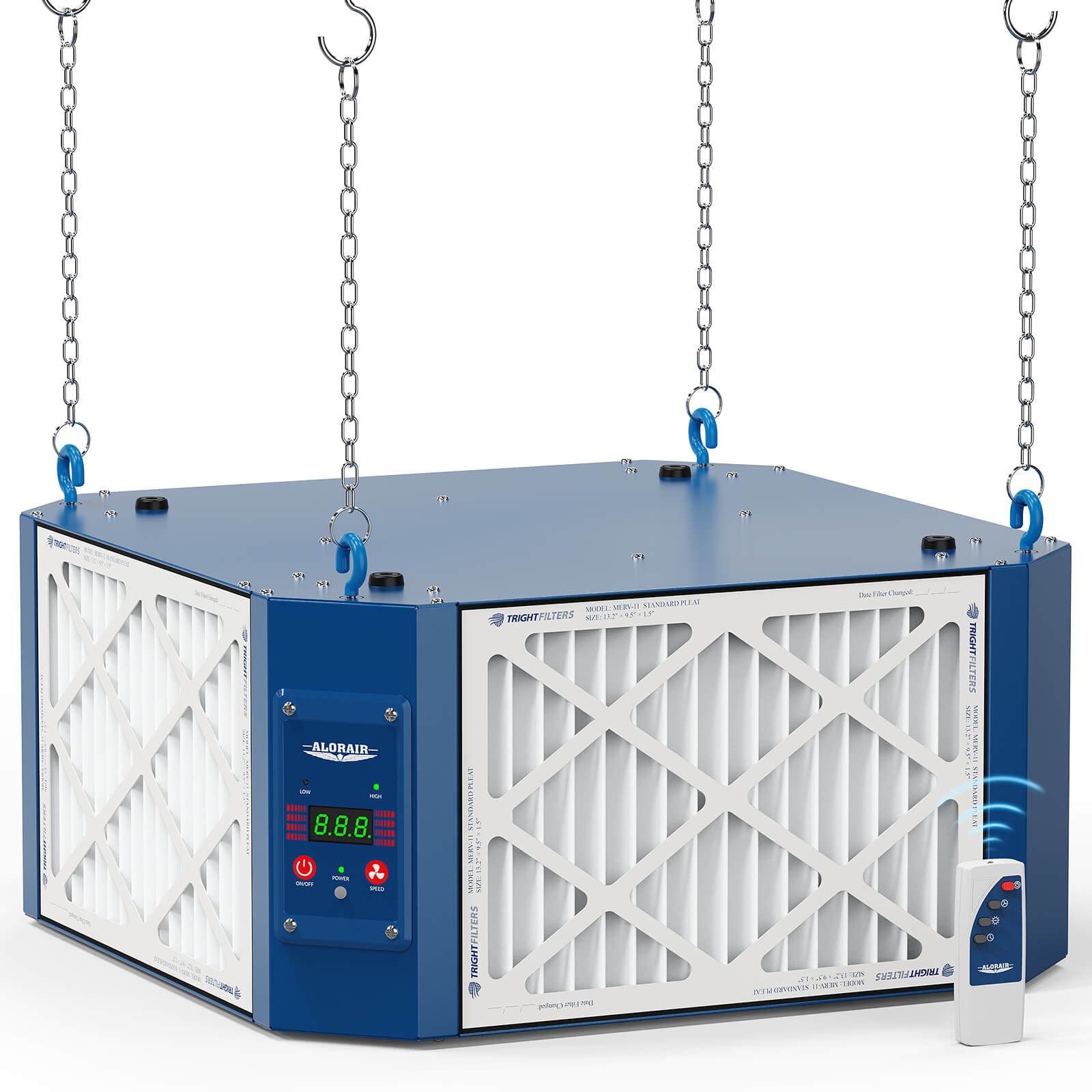
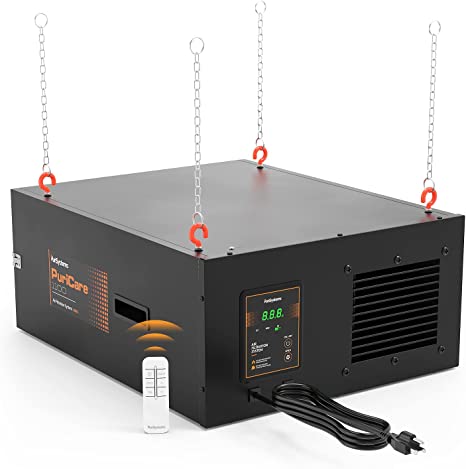

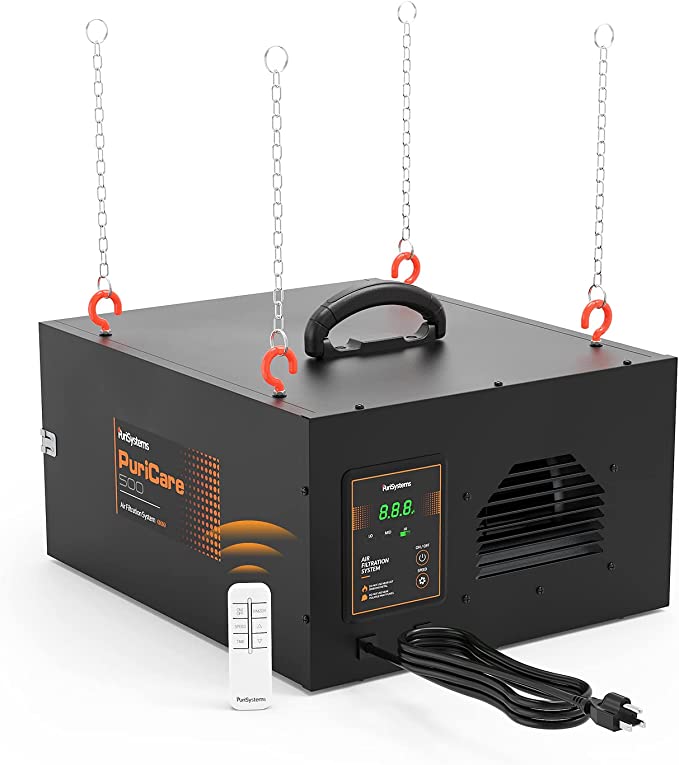


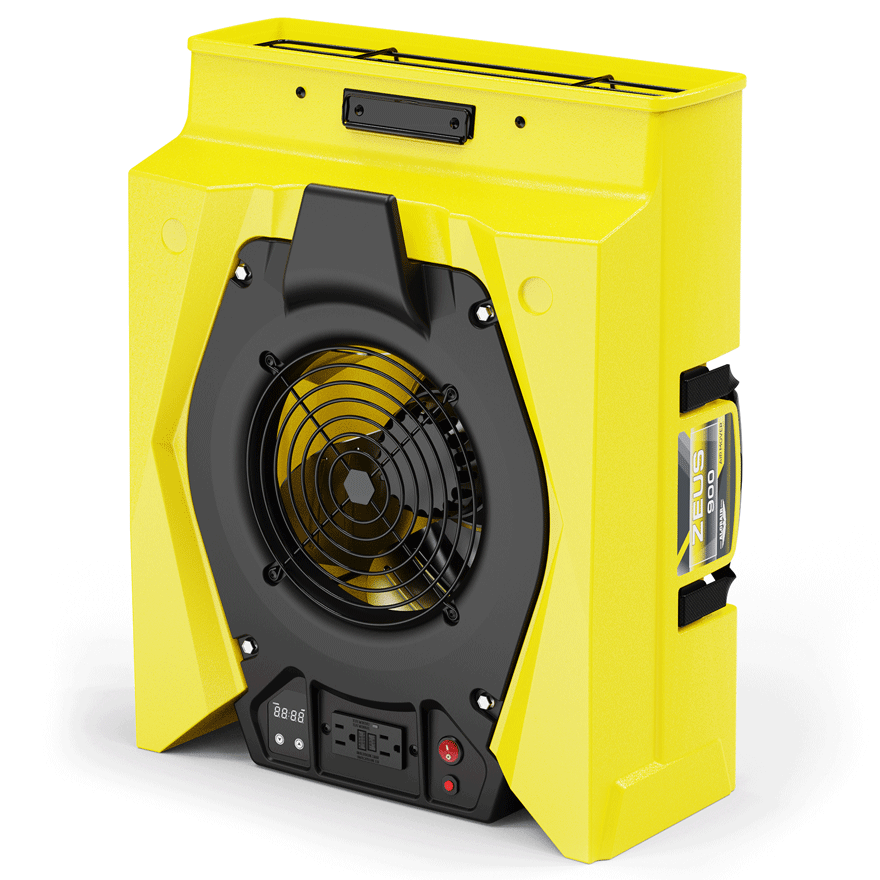

.webp)
.webp)
.webp)
.webp)
.jpg)
.jpg)
.jpg)
.jpg)
.jpg)
.jpg)
.jpg)
.jpg)
.jpg)
.jpg)
.jpg)
.jpg)
.jpg)


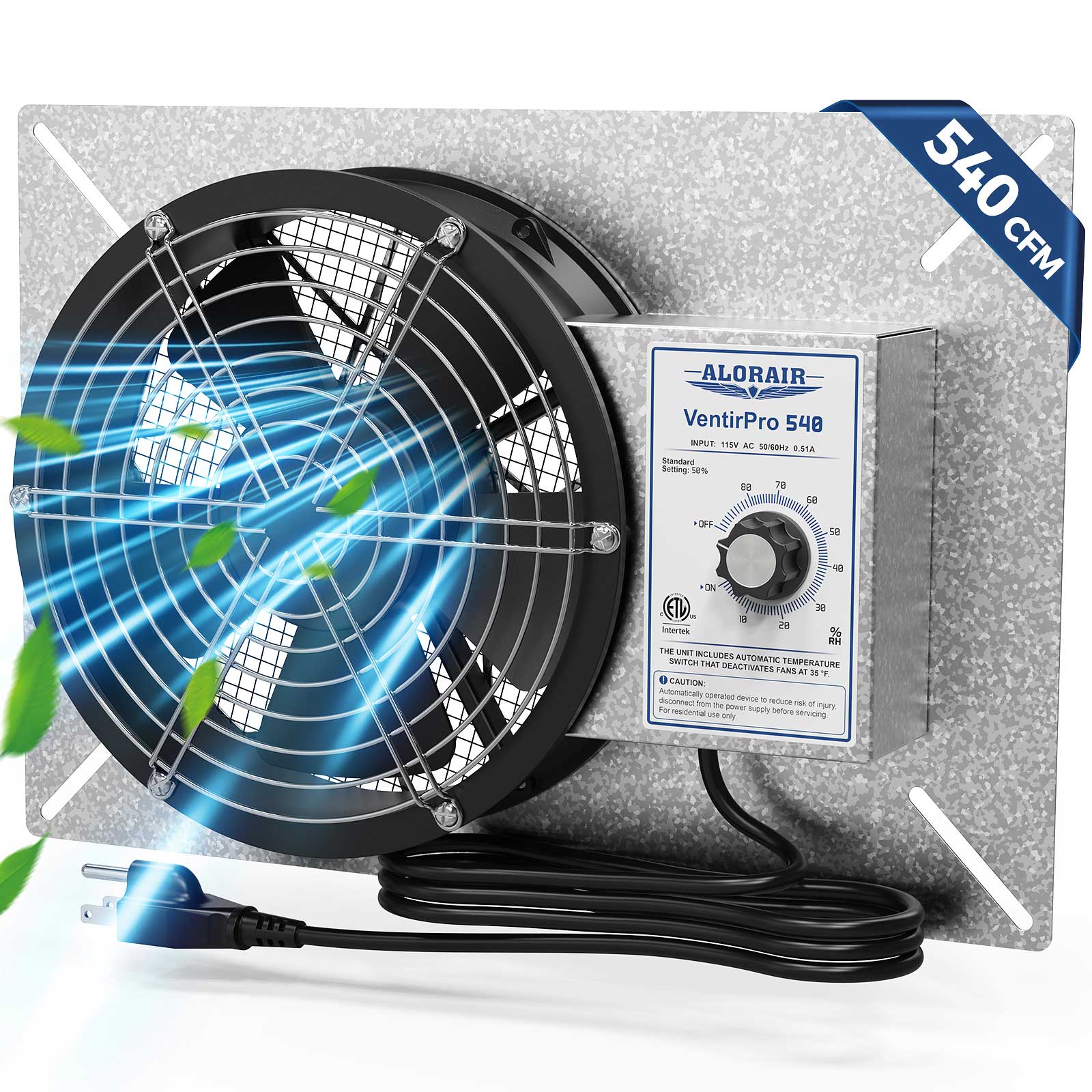

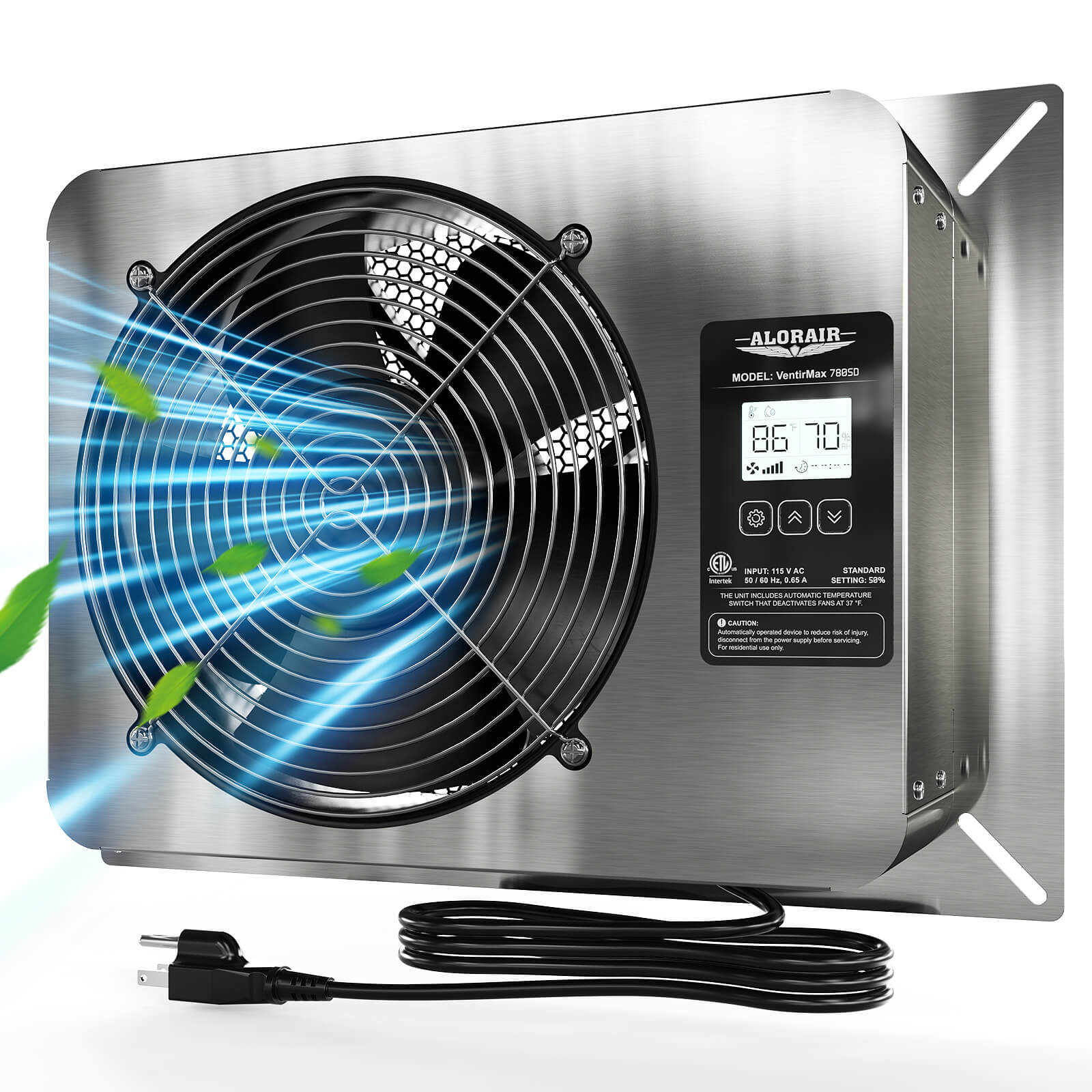
.jpg)
.jpg)


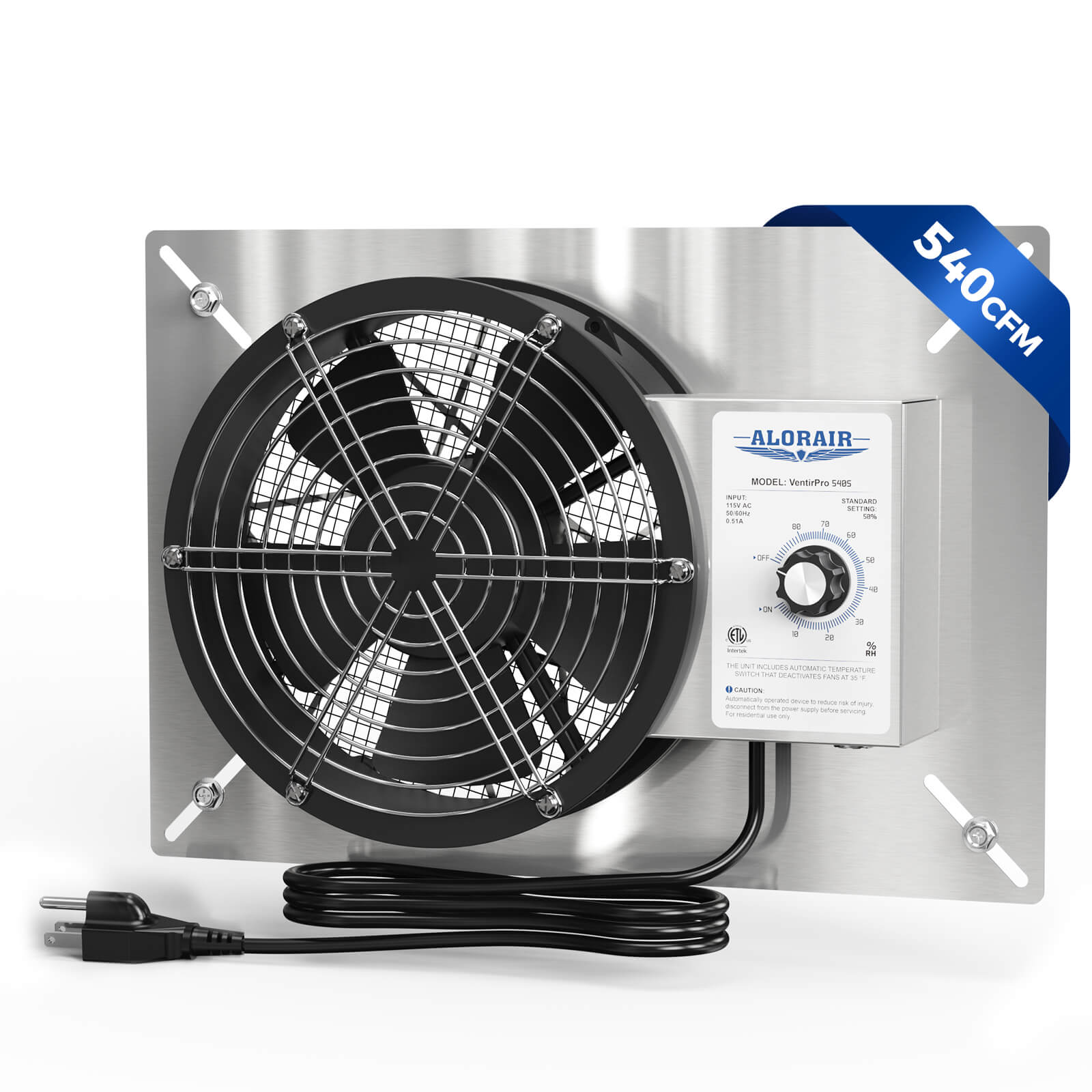

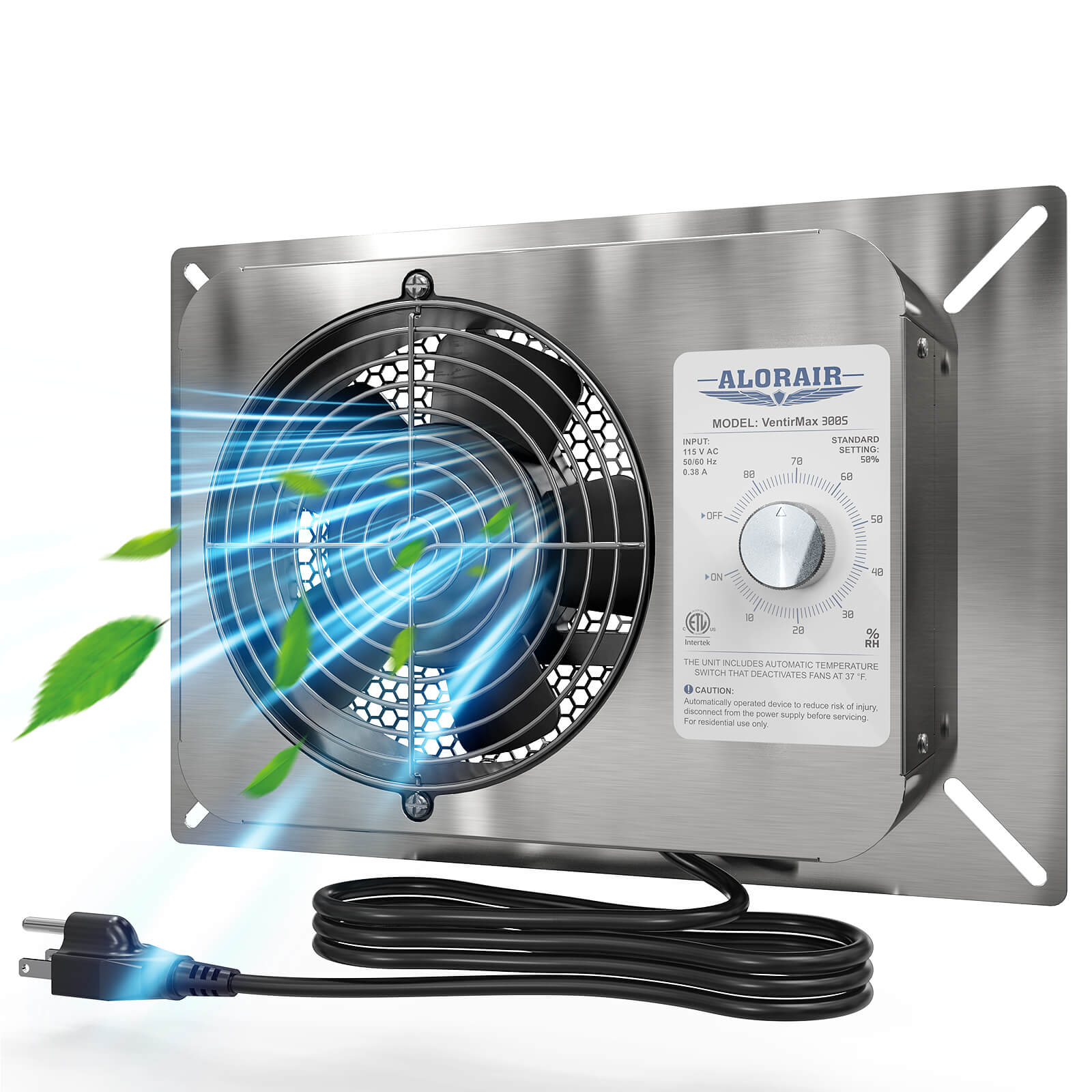


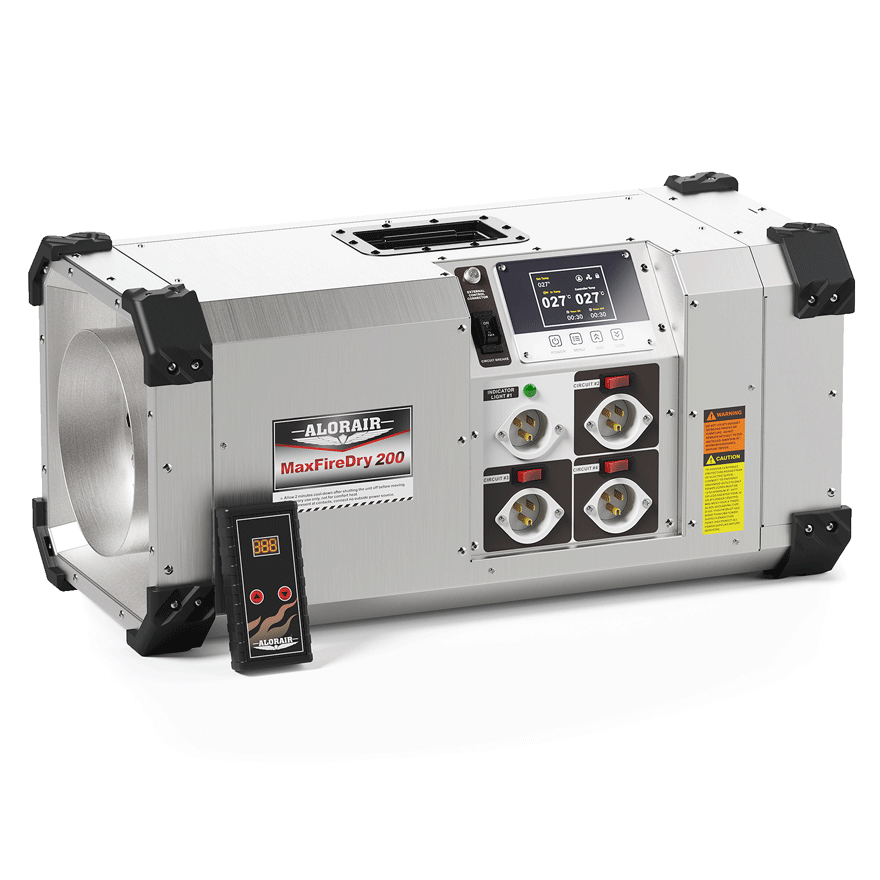






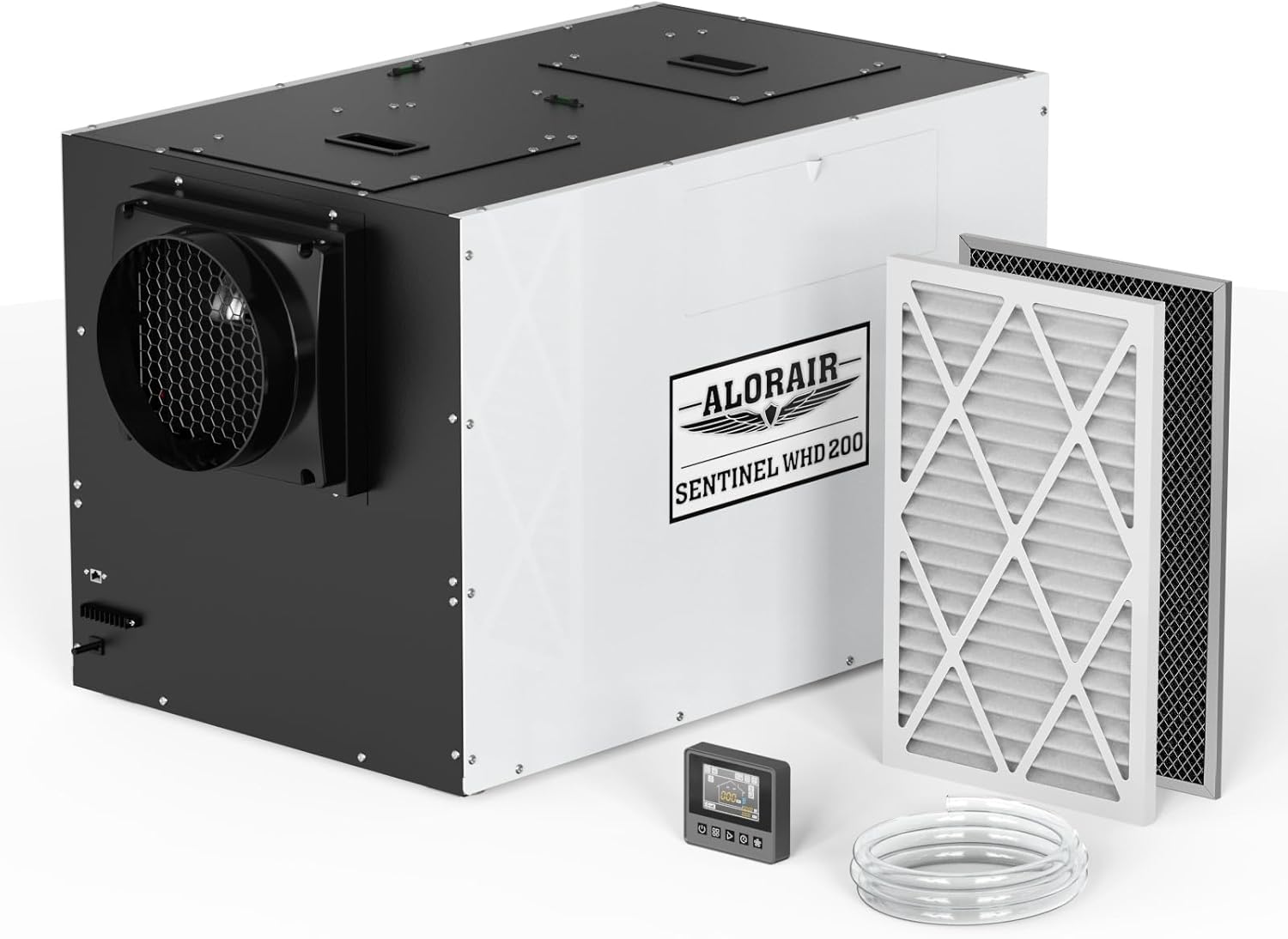
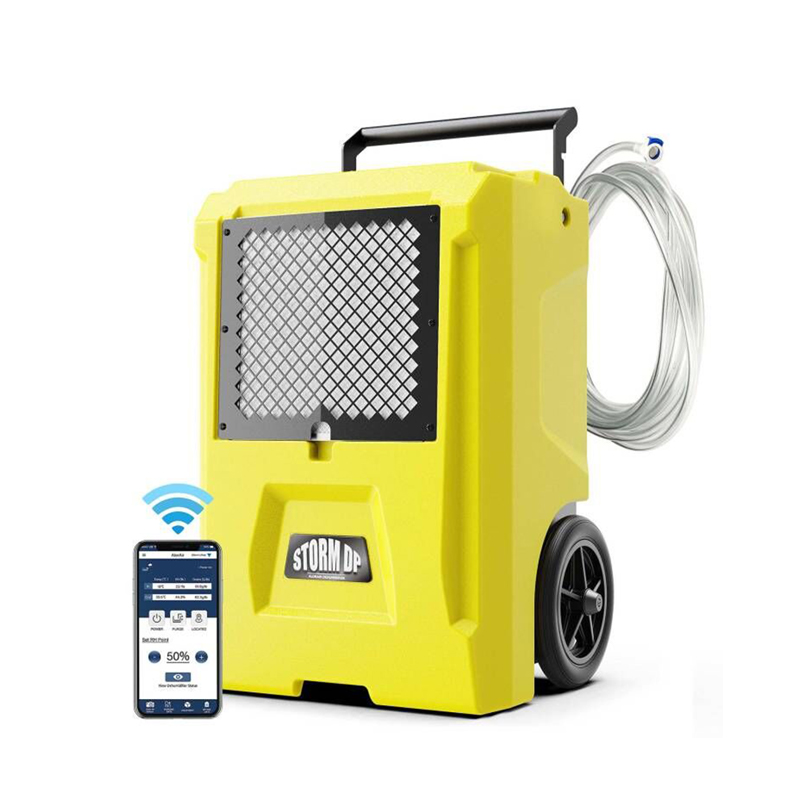
-.jpg)
.jpg)

.jpg)
.jpg)


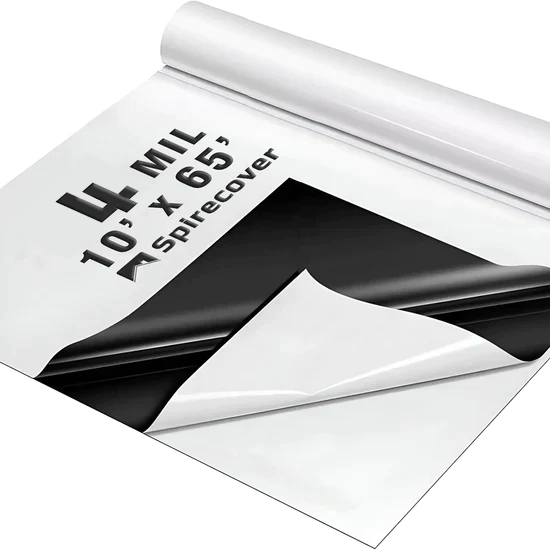
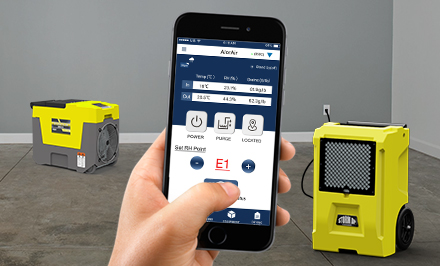
























 Exclusive offers
promotions
Exclusive offers
promotions

